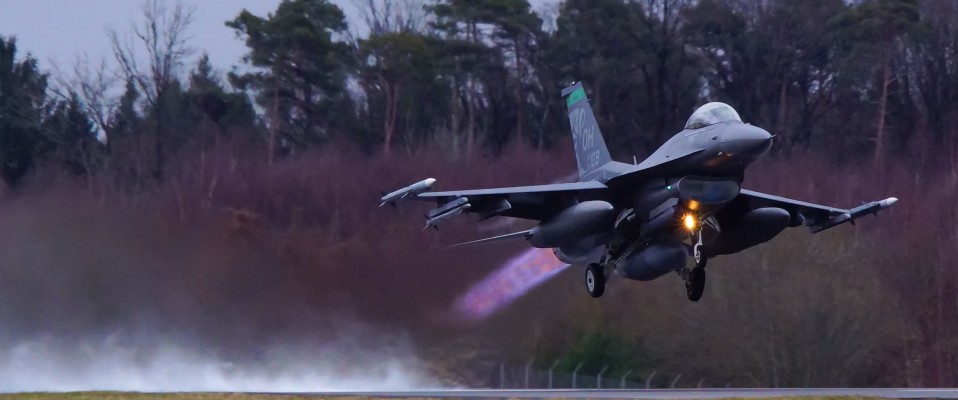Stingers in Spangdahlem: USAF Readiness Exercise at Spangdahlem AB
Report and photos by Danny Reijnen
March 21, 2018
Spangdahlem, Germany
In the period from 5th of March until the 16th of March, Spangdahlem Air Force Base, situated in Germany, was the theater of a USAF Readiness Exercise.
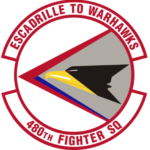 Spangdahlem Air Force Base is the home of the 480th FS. The 480th began its service with the 52d Tactical Fighter Wing, Spangdahlem Air Force Base, when it moved to the base in 1976, flying F-4D Phantom IIs, then F-4G Advanced Wild Weasels as part of the Wild Weasel mission. In 1987, the 480th started flying F-16C Fighting Falcon and became the USAF’s first squadron to be equipped with the Block 50 F-16s in 1993. In 1994 the squadron was inactivated again as part of the post- Cold War force reductions.
Spangdahlem Air Force Base is the home of the 480th FS. The 480th began its service with the 52d Tactical Fighter Wing, Spangdahlem Air Force Base, when it moved to the base in 1976, flying F-4D Phantom IIs, then F-4G Advanced Wild Weasels as part of the Wild Weasel mission. In 1987, the 480th started flying F-16C Fighting Falcon and became the USAF’s first squadron to be equipped with the Block 50 F-16s in 1993. In 1994 the squadron was inactivated again as part of the post- Cold War force reductions.
In April 2010 the 52nd Fighter Wing‘s strength was reduced by one third when 20 F-16Cs were transferred to other units. As a result of the drawdown of F-16s, the 22rd and 23rd Fighter Squadrons were inactivated on 13 August 2010 and formed a single “new” squadron, the 480th Fighter Squadron.
During the exercise, which ran through March 16, base personnel demonstrated their ability to navigate conventional and unconventional attack scenarios while launching and recovering aircraft during 24-hour flying operations testing the base’s readiness and response against any adversary.
The exercise tested the base’s ability to rapidly respond to emergencies and threats, and an Ohio Air National Guard fighter squadron participated in the training.
“We are looking to prepare our Airmen and hone our mission effectiveness by executing specific scenarios that challenge our mental and physical toughness,” said Col. Jason Bailey, 52nd Fighter Wing commander. “This exercise will help us increase our individual and unit readiness to meet future challenges.”
The ability of Airmen to survive and operate in a combat environment and effectively perform wartime missions is getting renewed attention in response to Defense Department and Department of the Air Force priorities calling for more focus on readiness.
“The only way units can be truly ready is to put them through rigorous, realistic training,” said Lt. Col. Oliver Lause, 52nd FW inspector general. “To learn and generate the experience and the proficiencies to be in fact ready: to deploy, to fight and to win.”
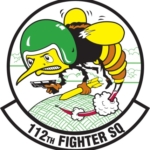
Twelve F-16 Fighting Falcons from the 112th Expeditionary Fighter Squadron, deployed to Europe as part of a theater security package in support of Operation Atlantic Resolve. The 112th based at Toledo Air National Guard Base, Ohio, joined the 480th Fighter Squadron and 726th Air Mobility Squadron, both here, to conduct exercise-related flying operations March 5th until 16th.
The 112th arrived in the first week of March after a deployment in Estonia where they arrived in January 14th 2018.
The term Theater Security Package, or TSP, refers to the routine deployment of U.S. fighter squadrons, support personnel and equipment to bolster allied forces in Europe on a rotating basis. These TSP units participate in flying-training with joint and allied forces to enhance NATO’s interoperability.
According to Lt. Col. Greg Barasch, 112th EFS commander TSP’s are just one of the ways the U.S. shows its commitment to NATO allies and sends a clear message that the U.S. is serious about conflict deterrence.
Captain Watts, belonging to the 480th Fighter Squadron is explaining that it was a great experience to see the 112th EFS integrating in the exercise so smoothly. “The language is the same, that’s why it was possible to start flying with the 112th EFS so quickly.
“The difference between a normal flying week and a readiness exercise week is, that there is more stress involved”, Watts explained. “Increasing sortie generation and the ability to producing pilots with enough crew rest is challenging. And its not just the 480th but also maintainers are involved in the exercise. They have to perform drills as well and get our fighters ready for flying at the same time.”
The 112th started flying 1 day after arrival from Estonia. The way of flying missions is similar as we do at home Lt. Col. Greg Barasch, 112th EFS commander, stated.
Barasch, with 2800 flying hours on the F16, is one of the full-time pilots from the 112th. “ We have some full-time pilots, but we have a lot of pilots who are flying commercial jets and flying F16’s in their spare time,” Barasch stated.
One of the missions of 112th is taking care for the Airspace Alert control missions to secure the airspace 24 hours a day in the United States. Increasing readiness by working with other allies and squadrons is the main reason these deployments are commenced.
During these two weeks a lot of missions were executed and many goals were reached at Spangdahlem Air Force Base. All units based at Spangdahlem have been able to benefit from the readiness exercise. The goal was clear; to involve as many airman as possible to make sure they are prepared.
Prepared for the real thing.
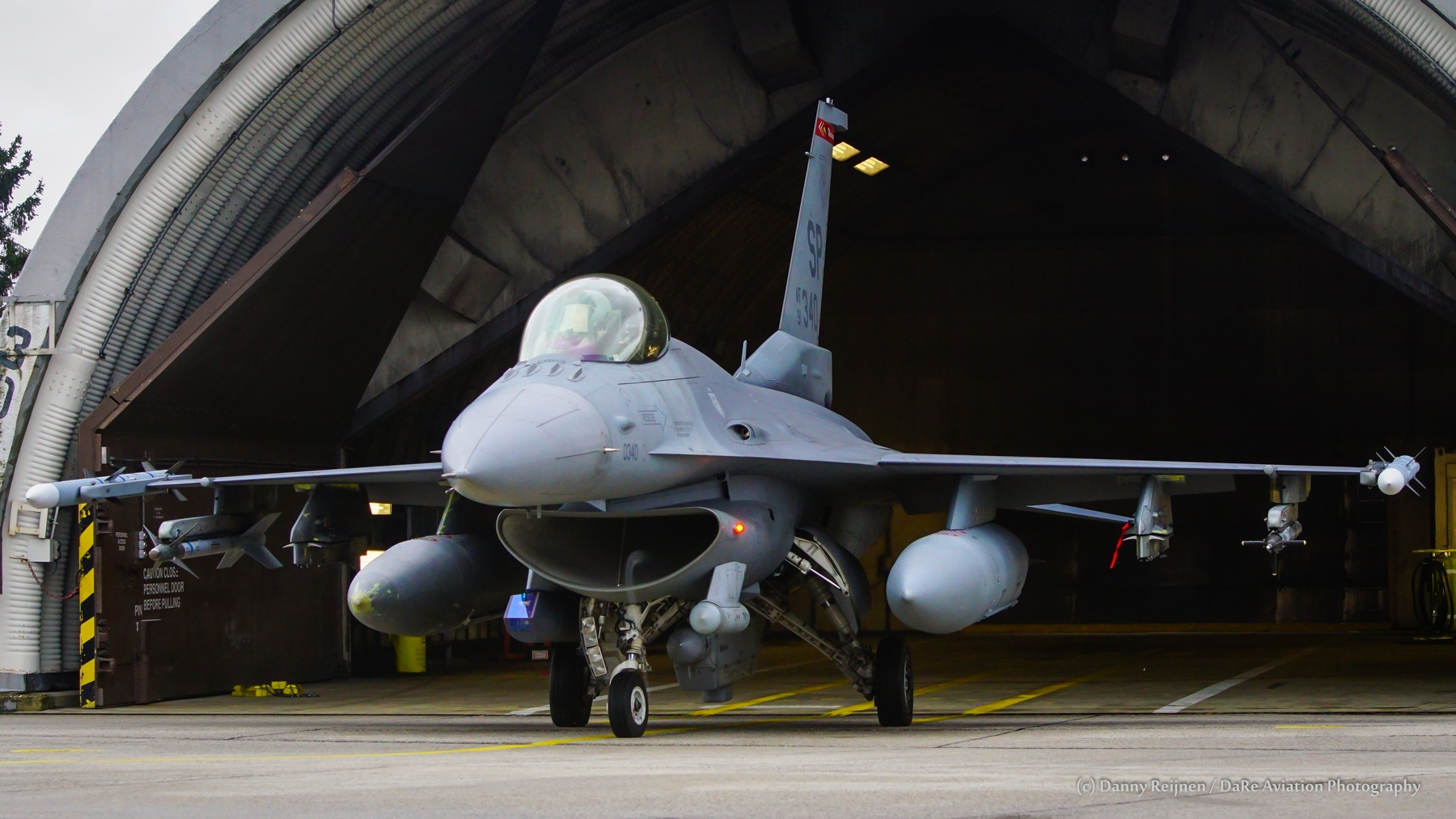
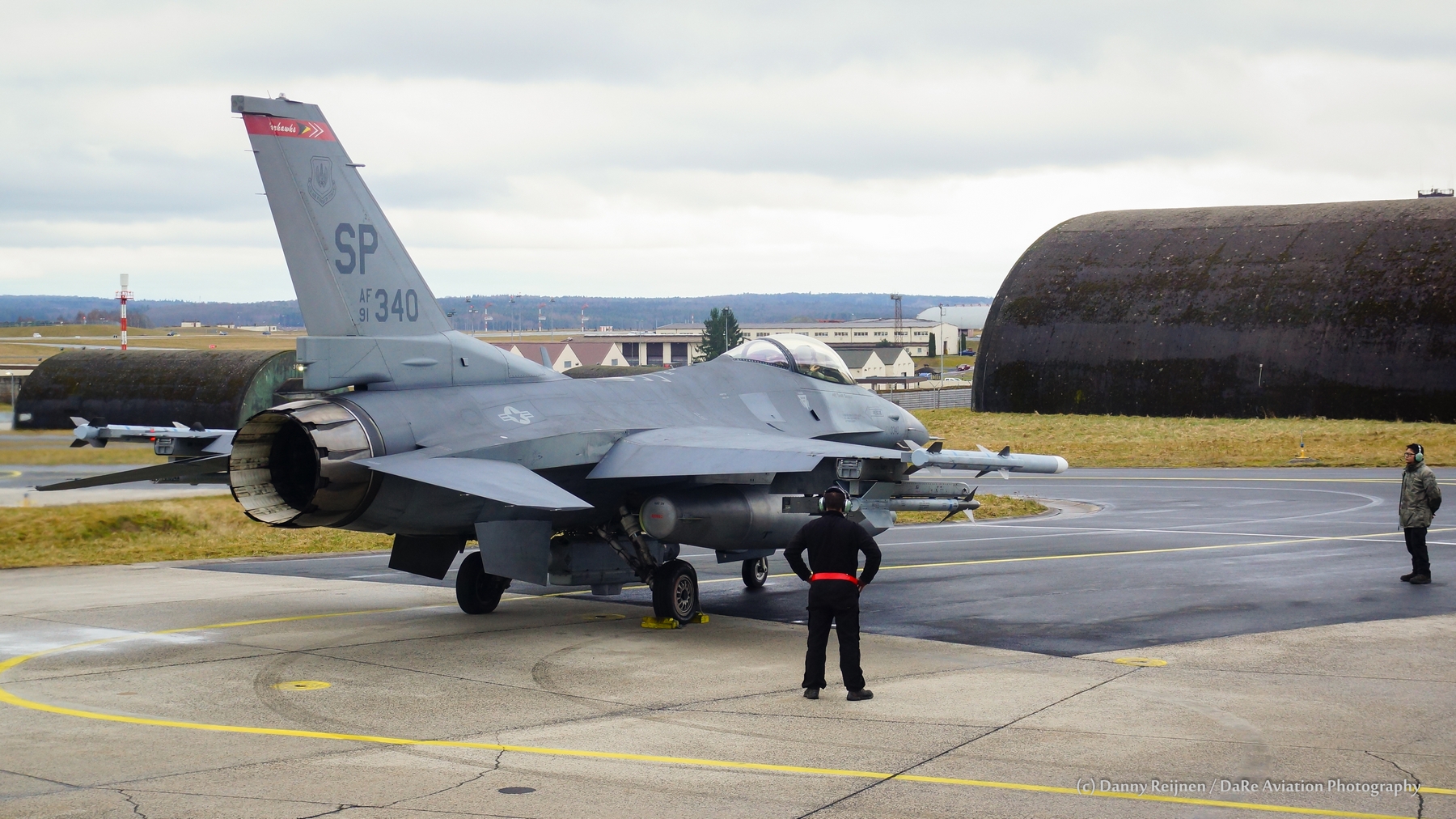
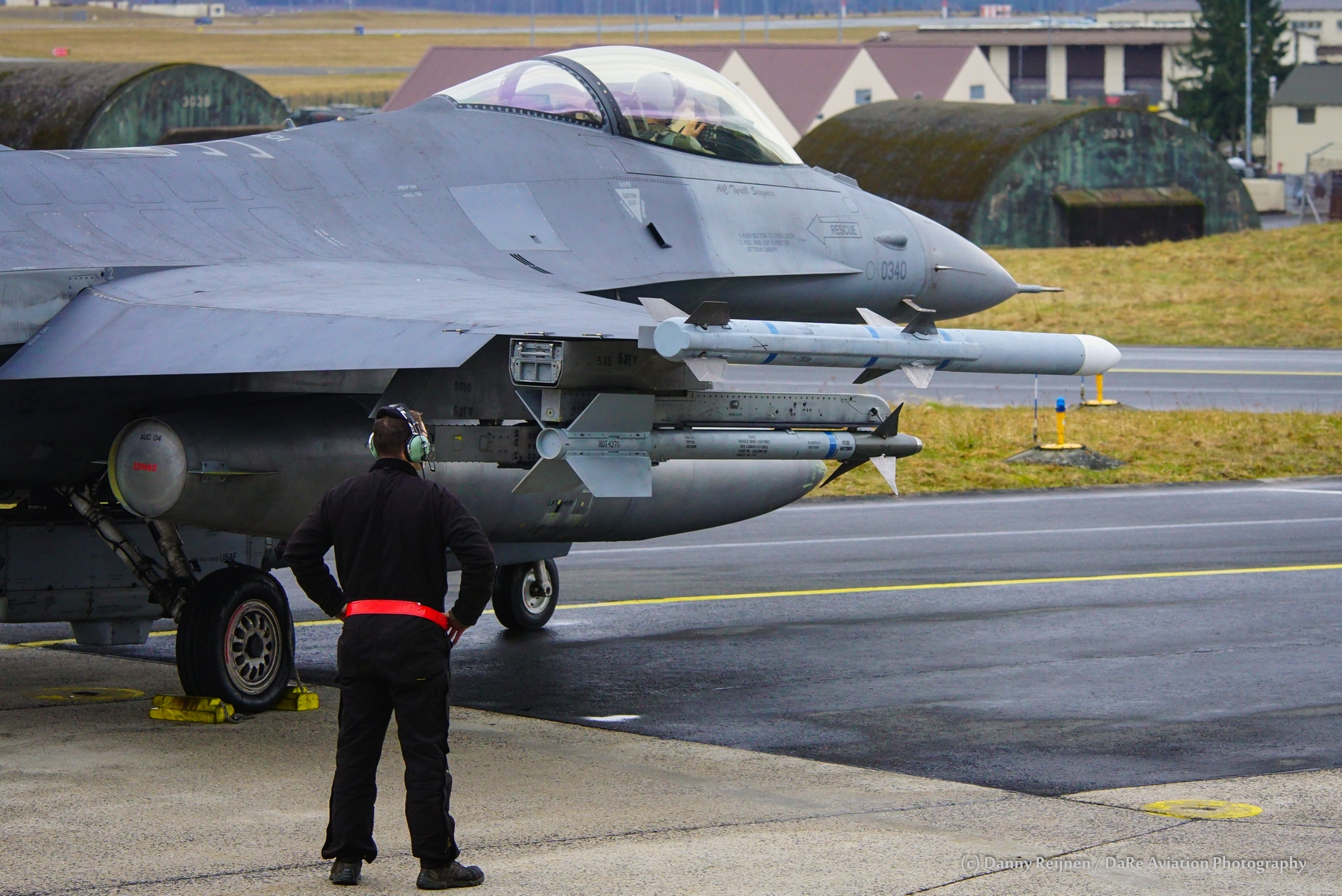
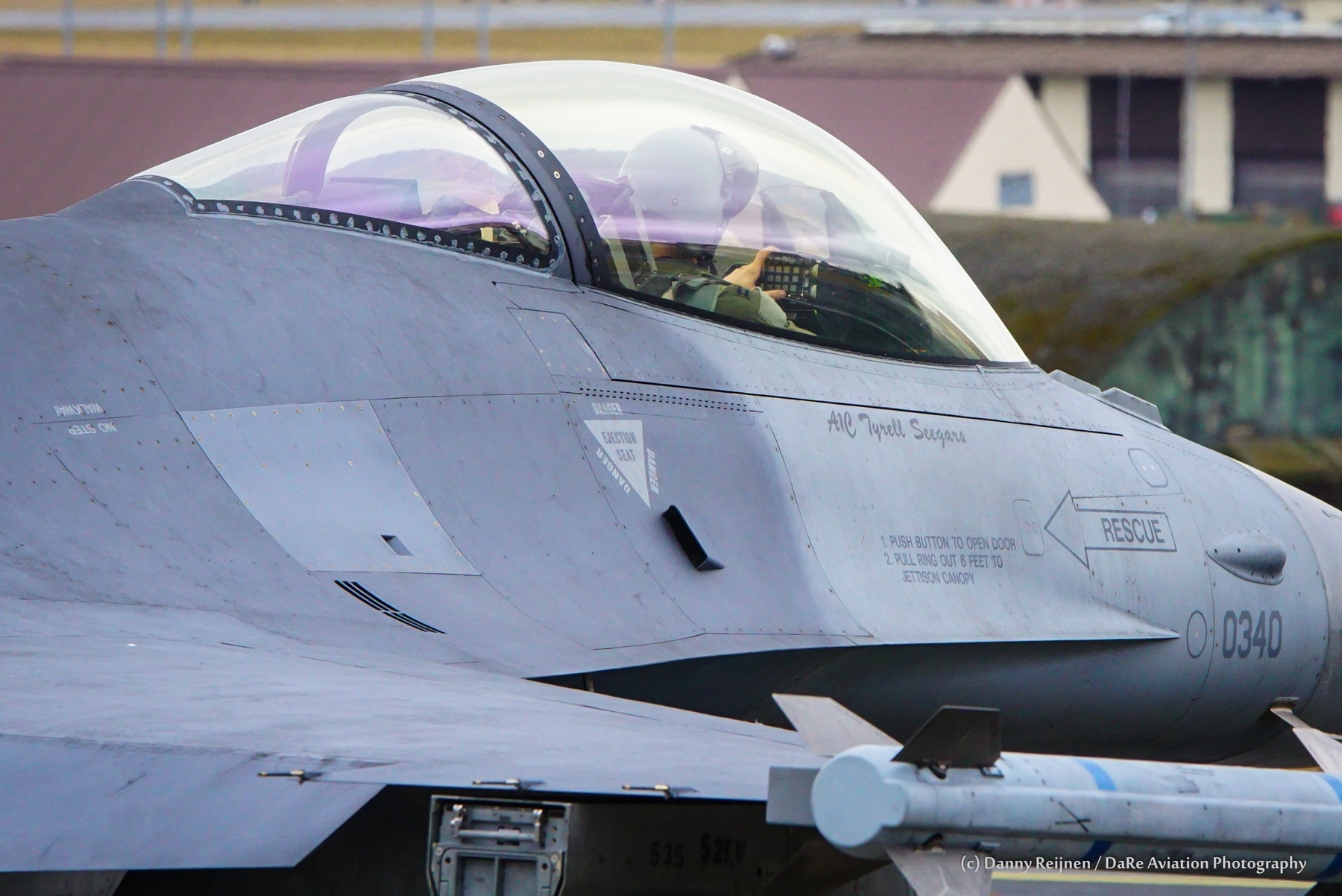
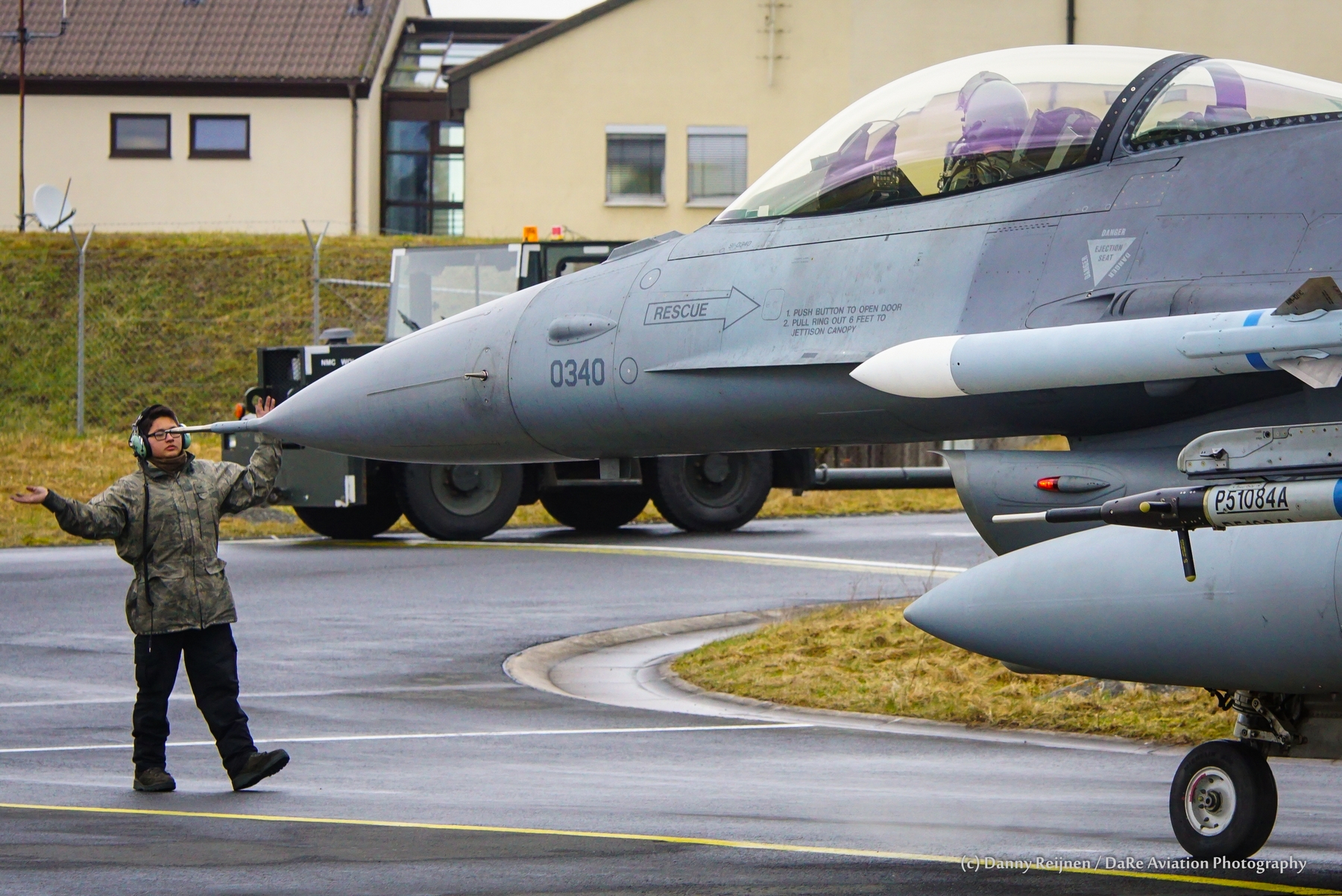
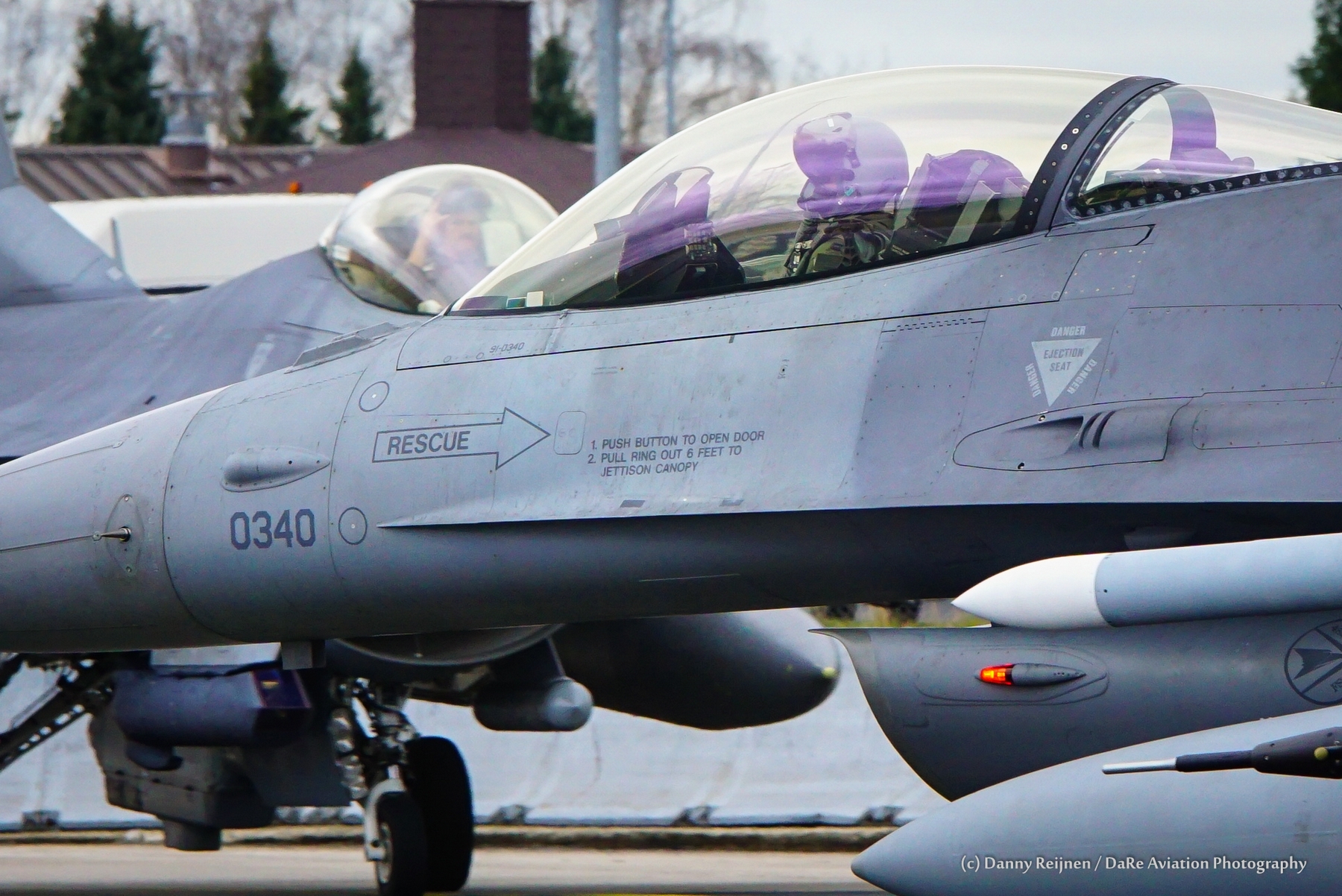
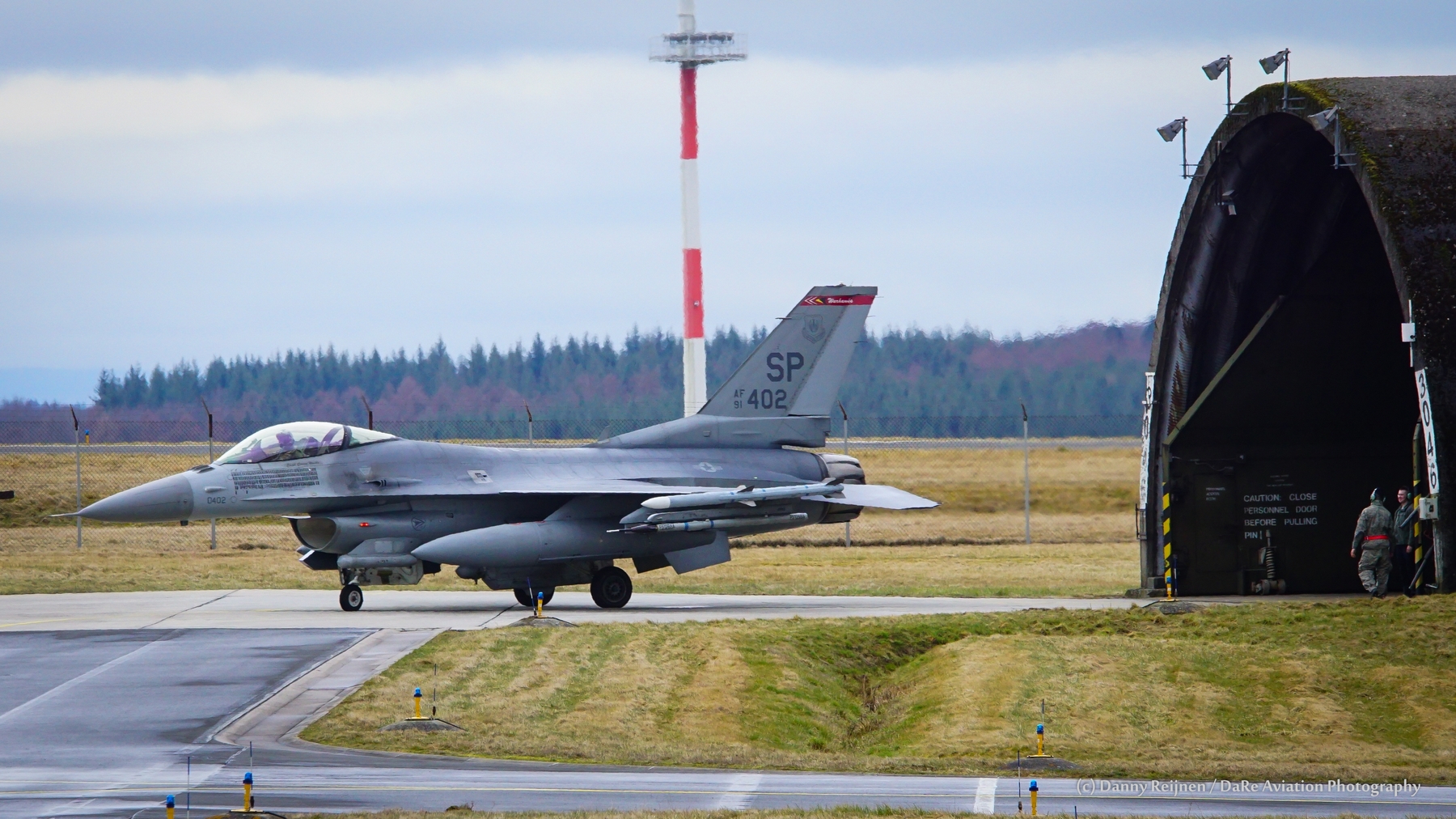

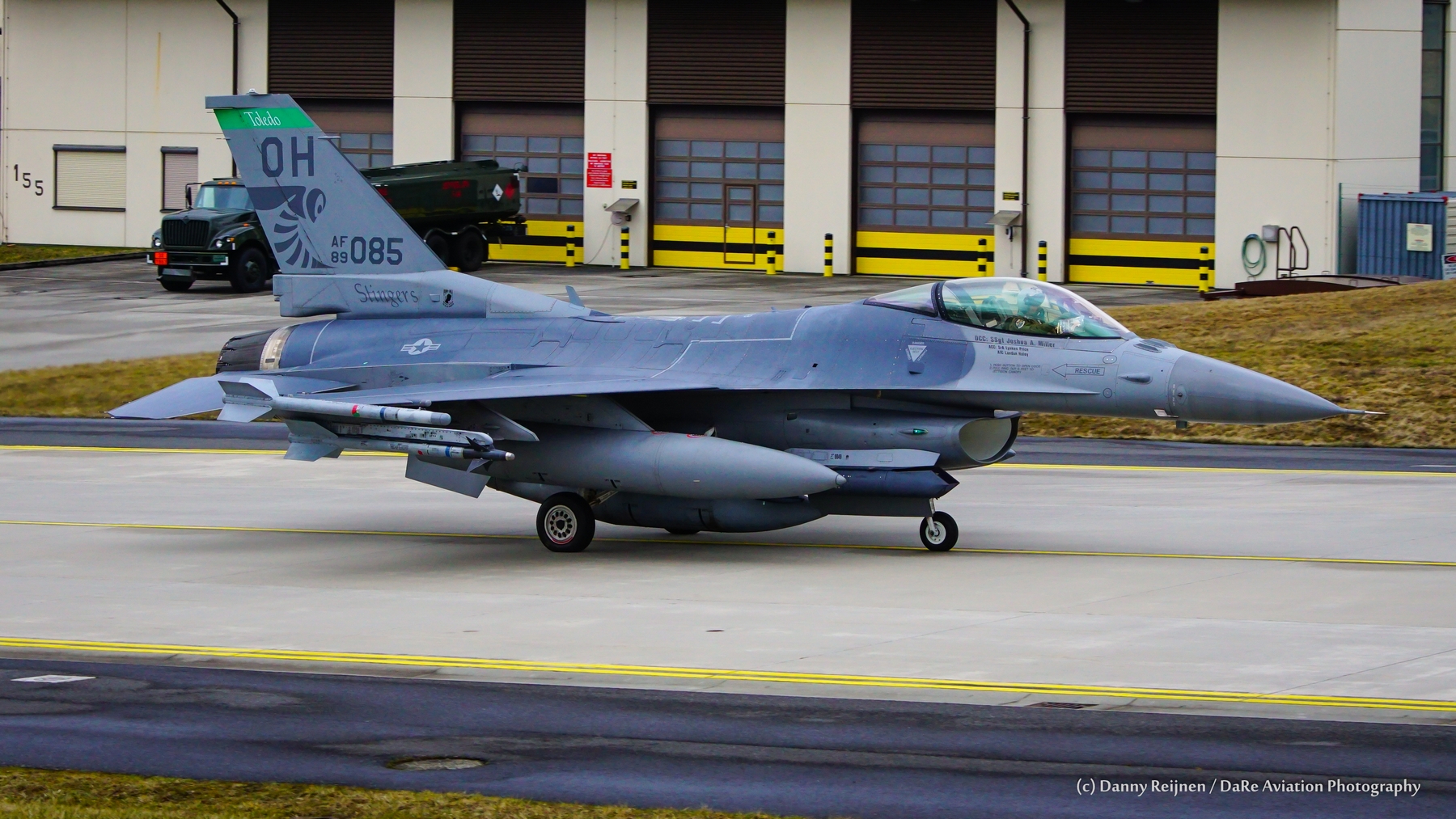
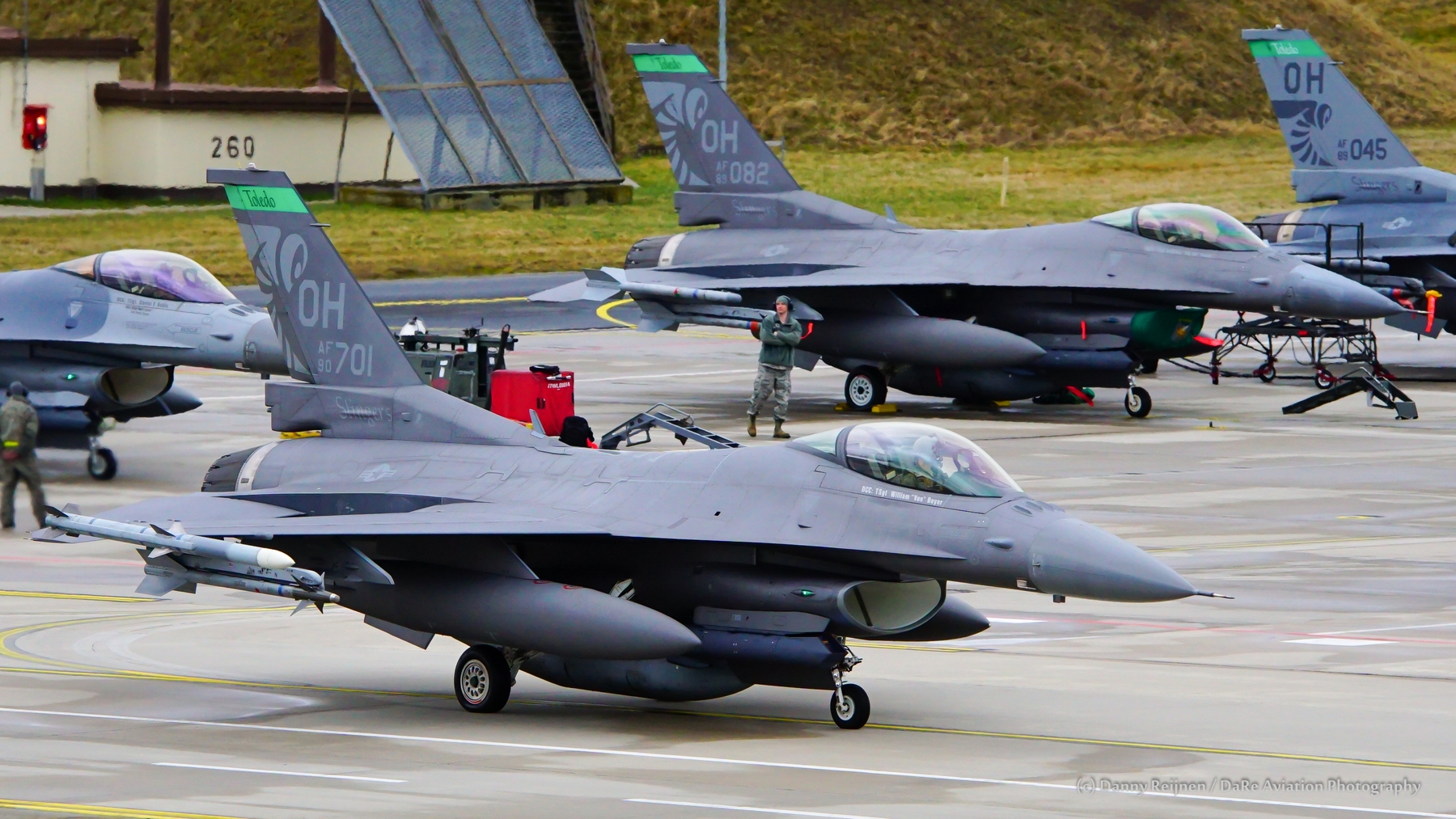
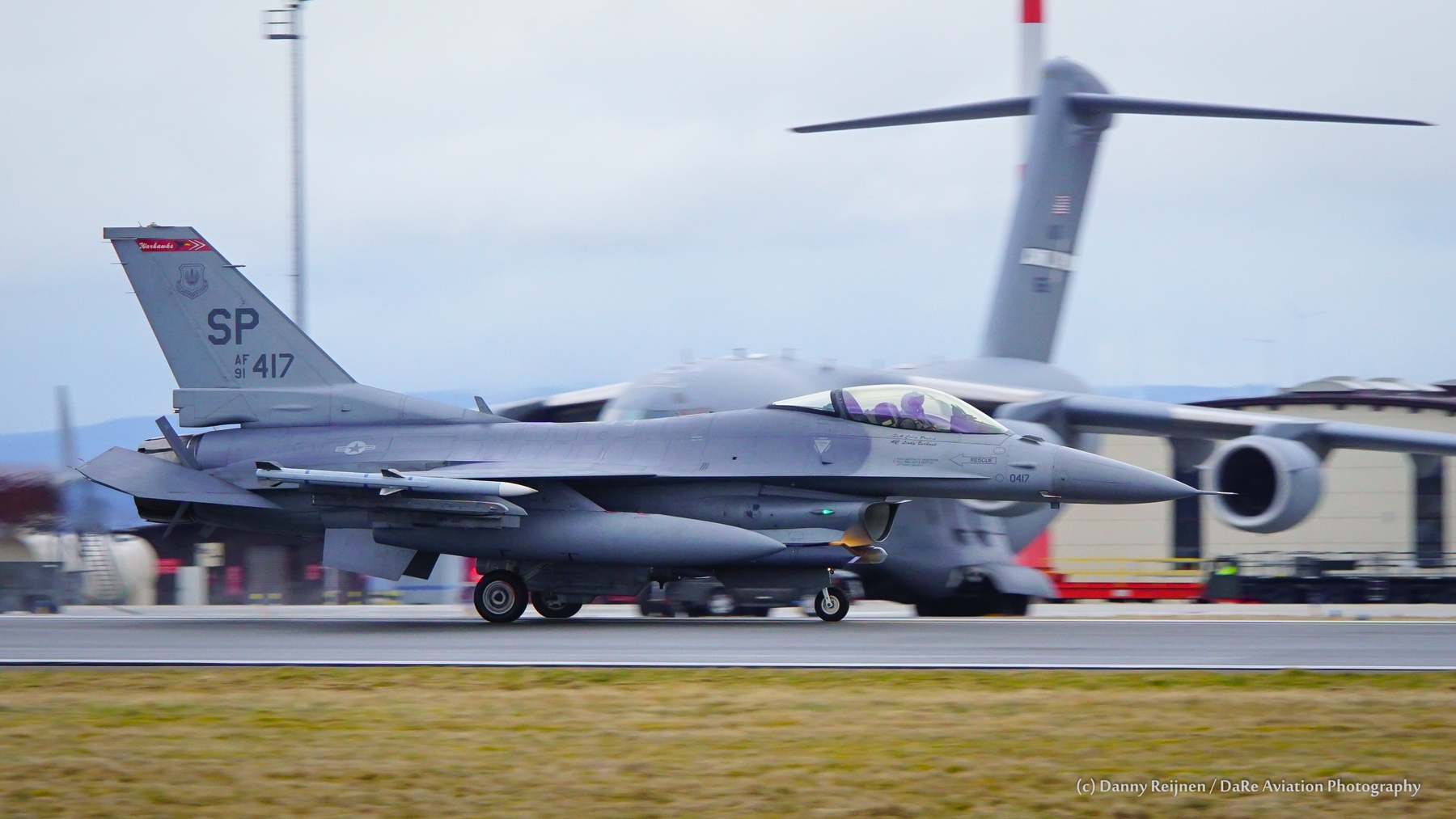
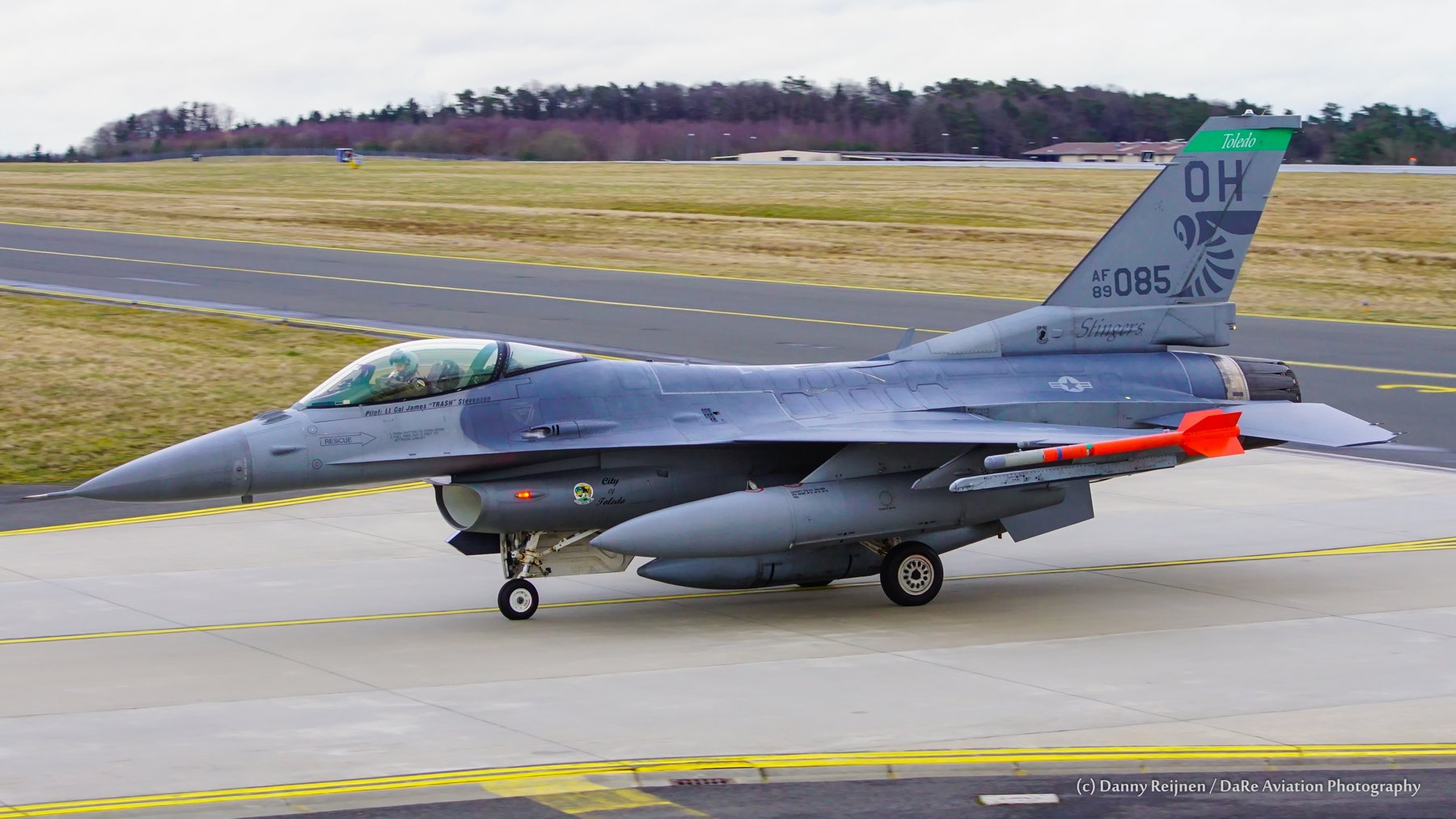
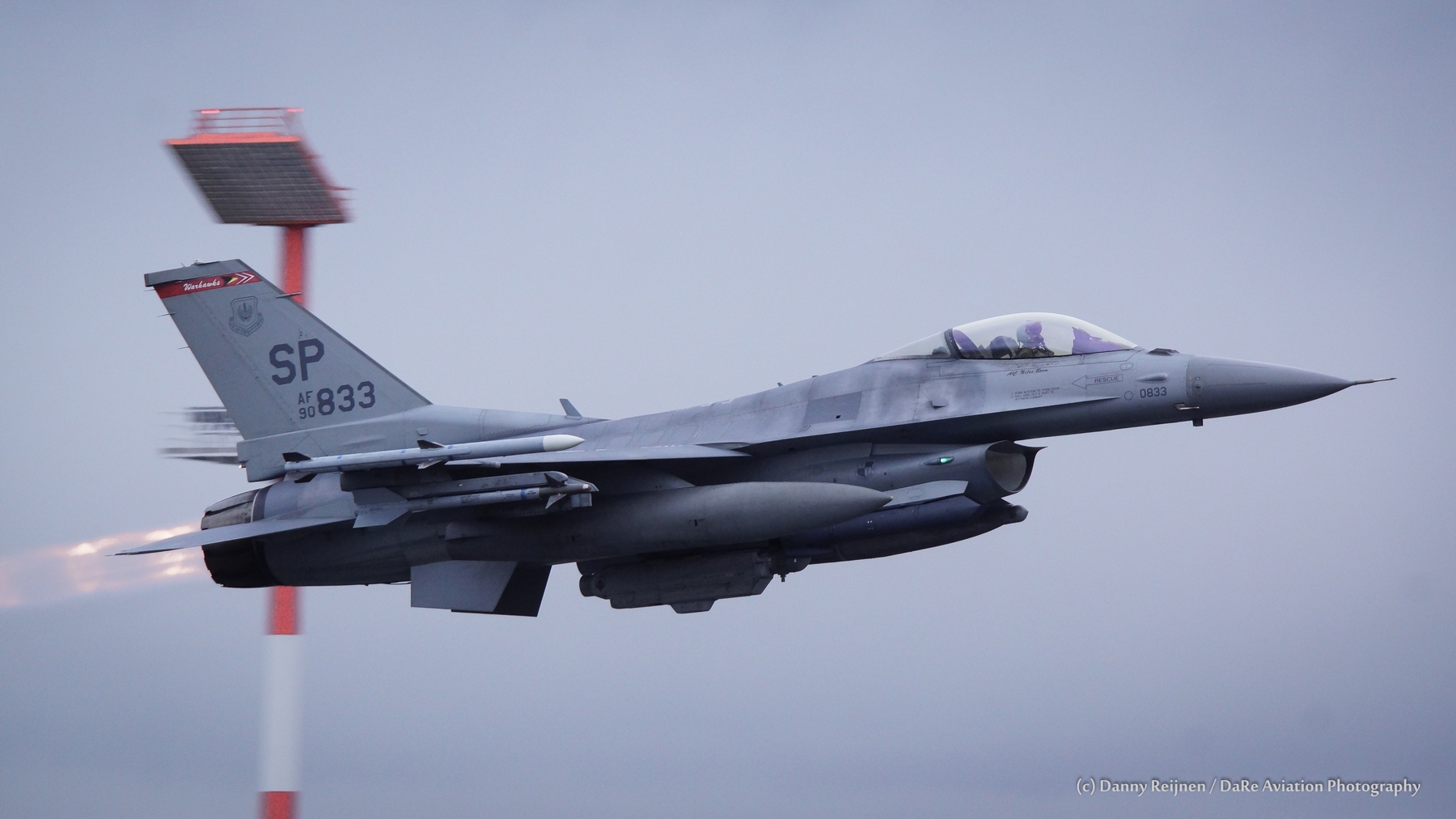
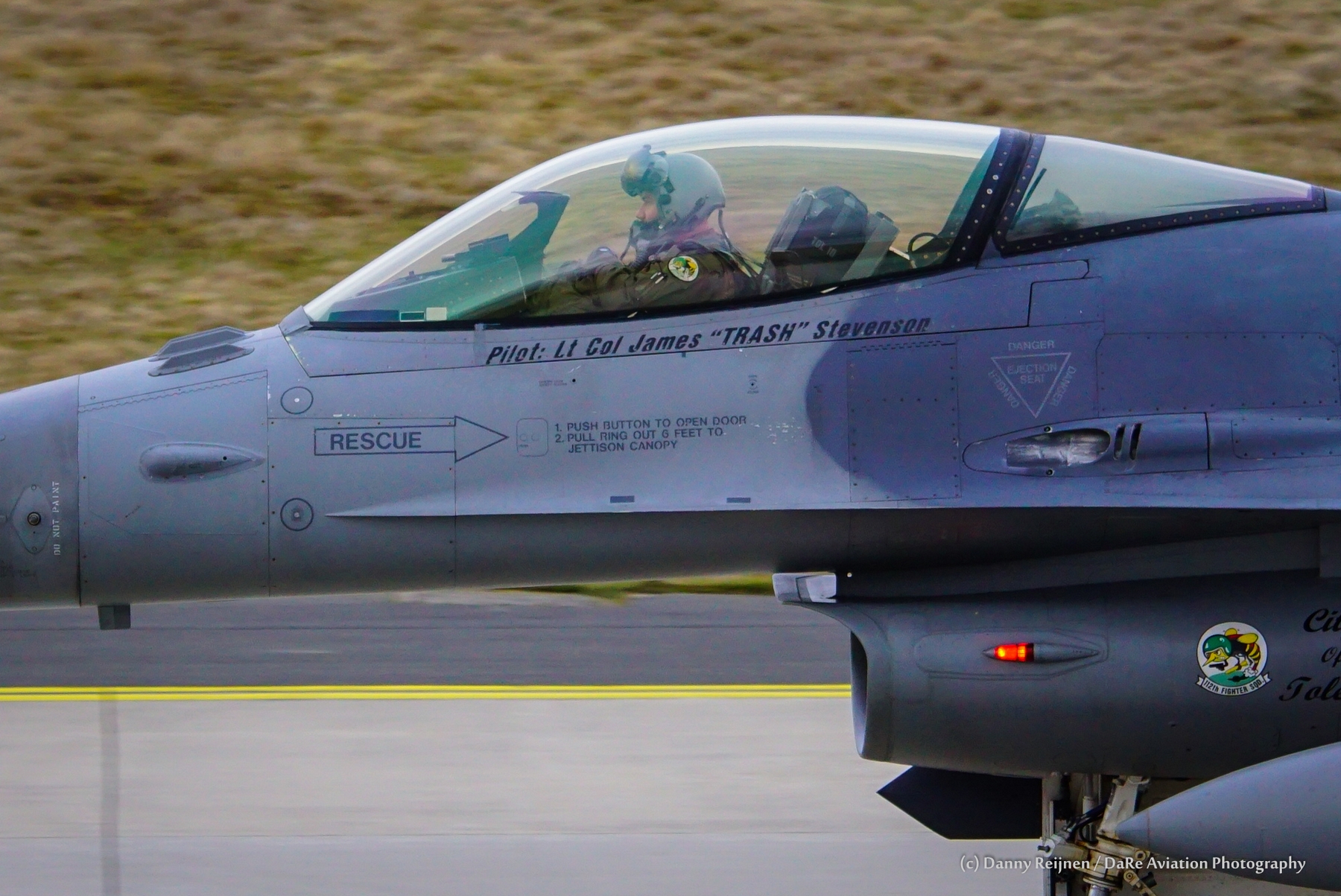
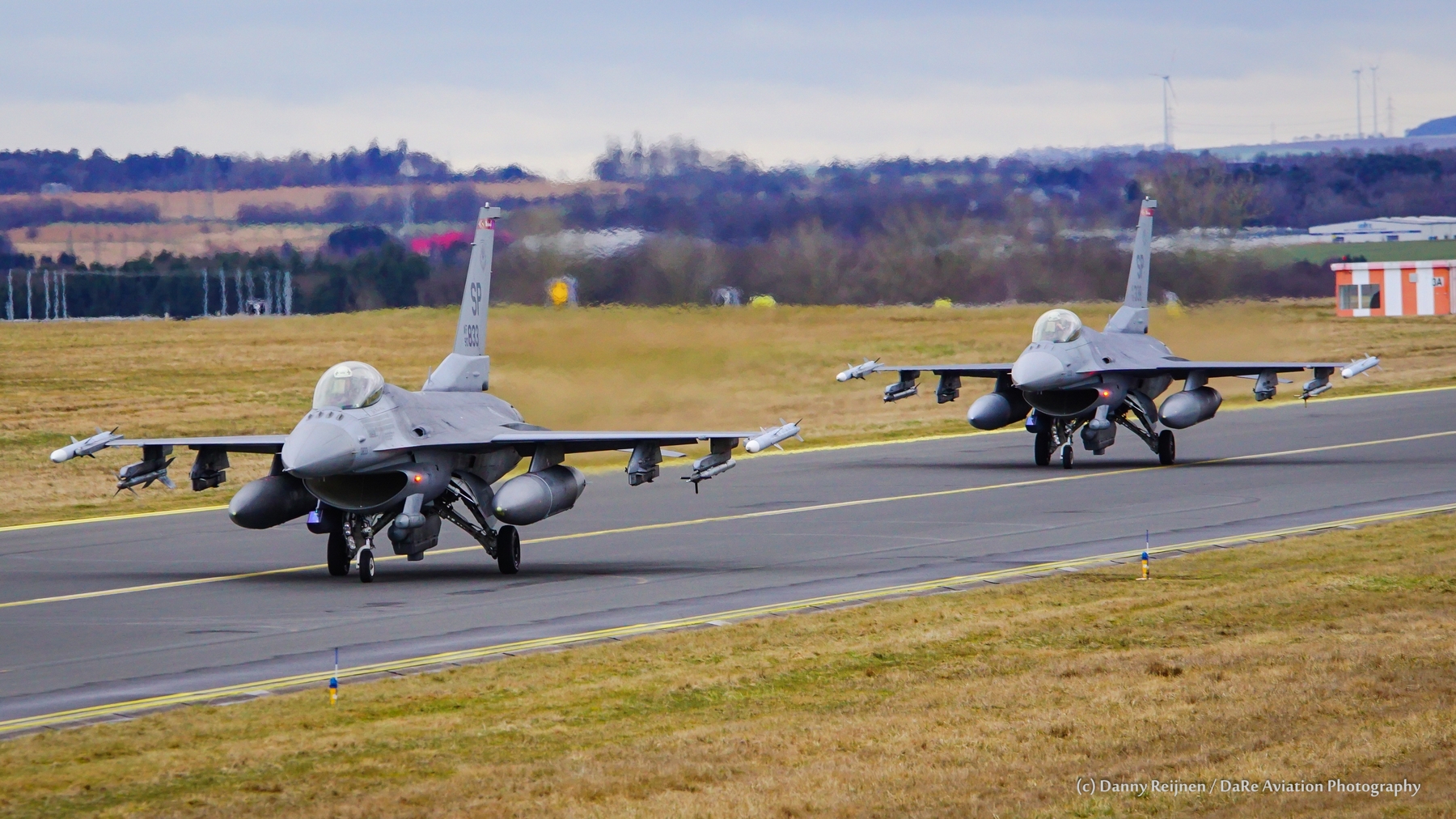
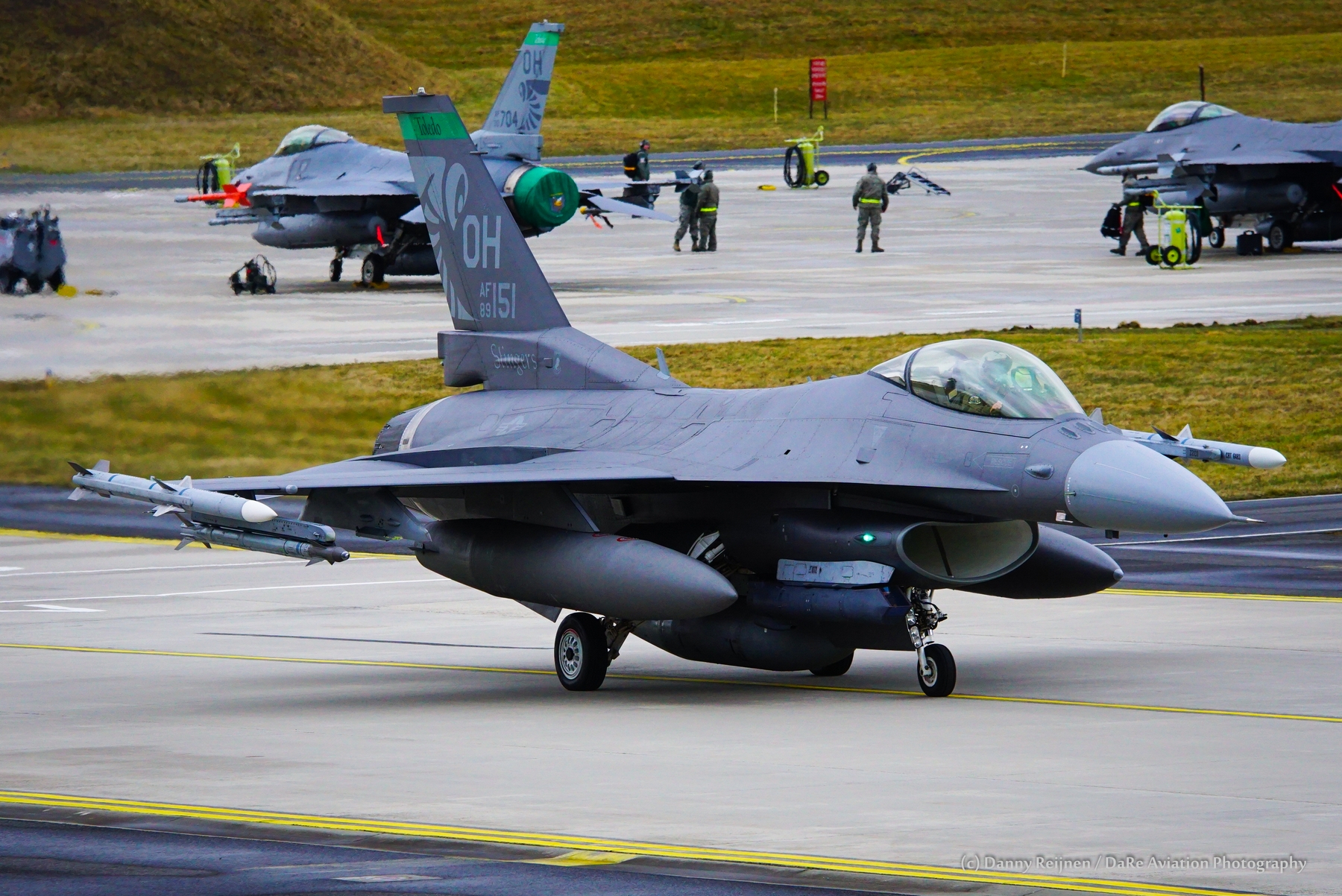
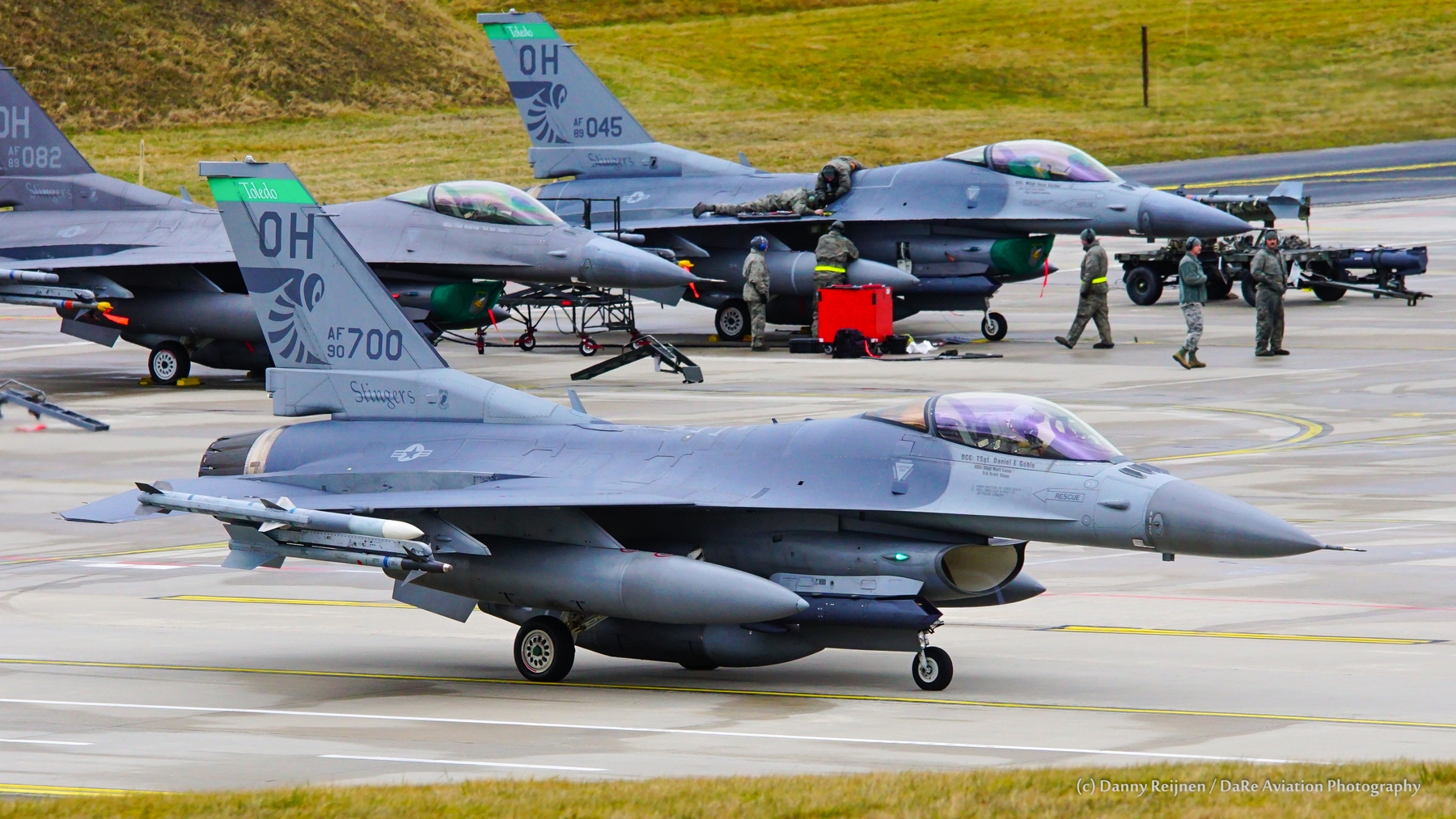
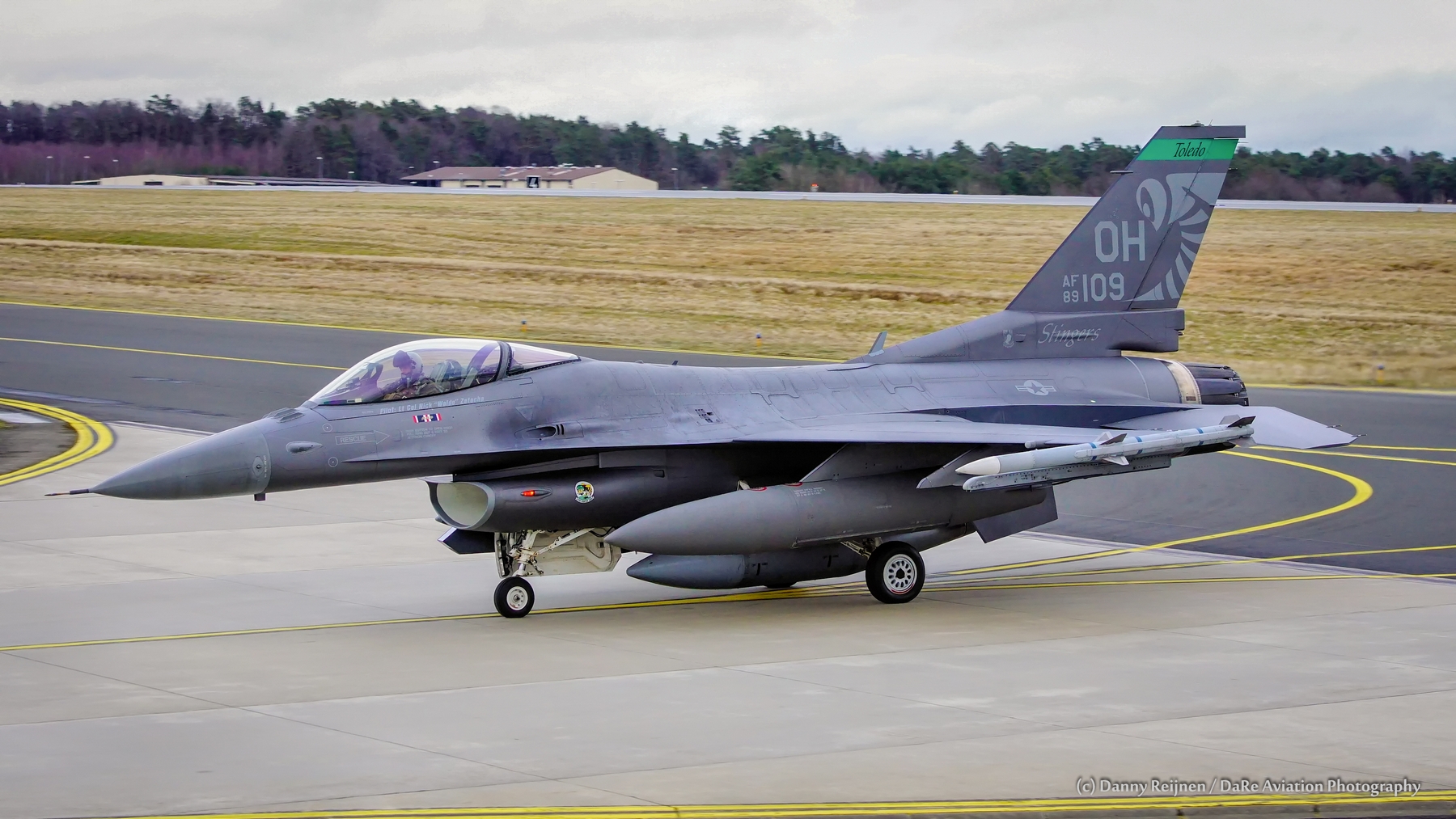
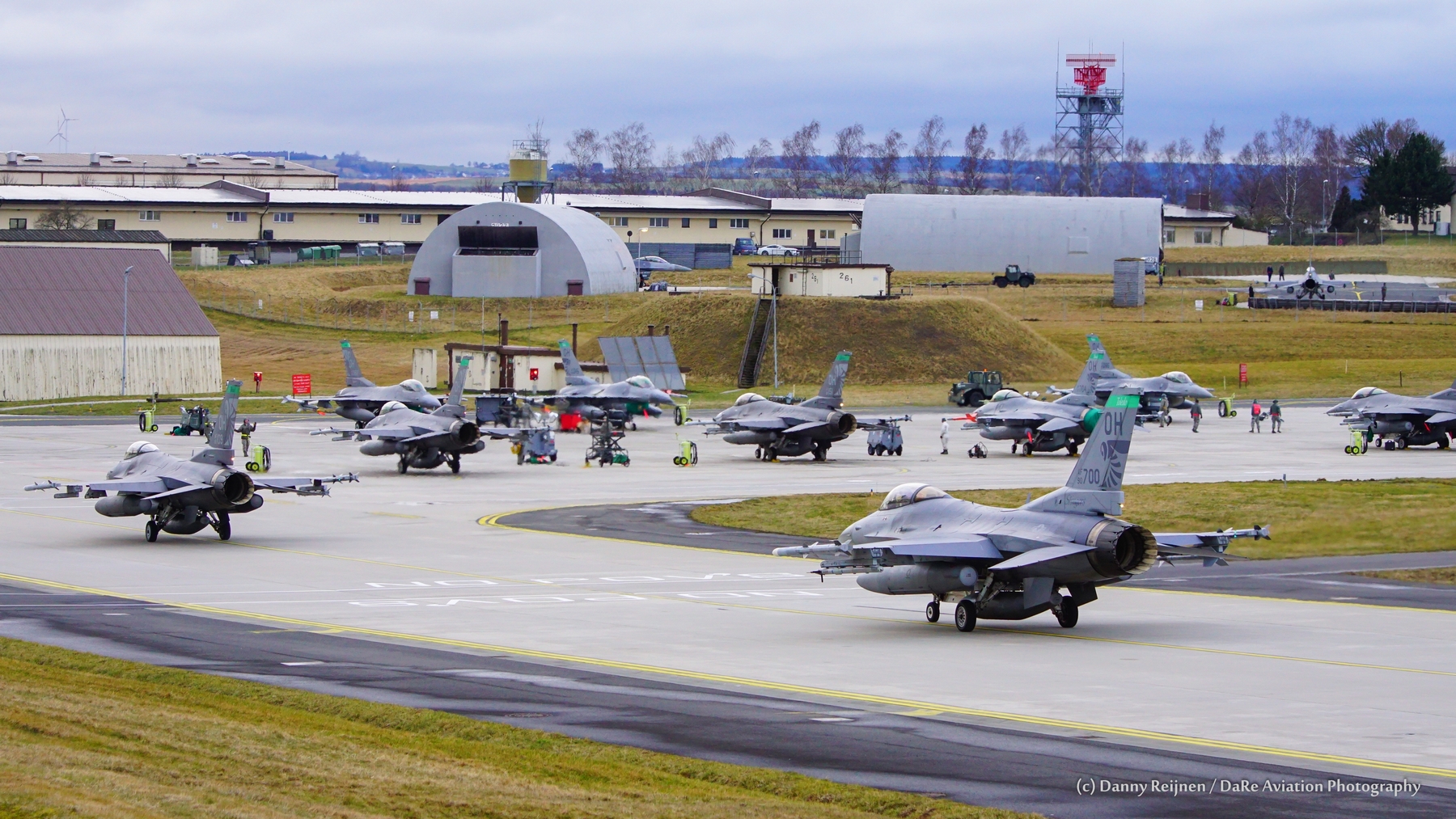
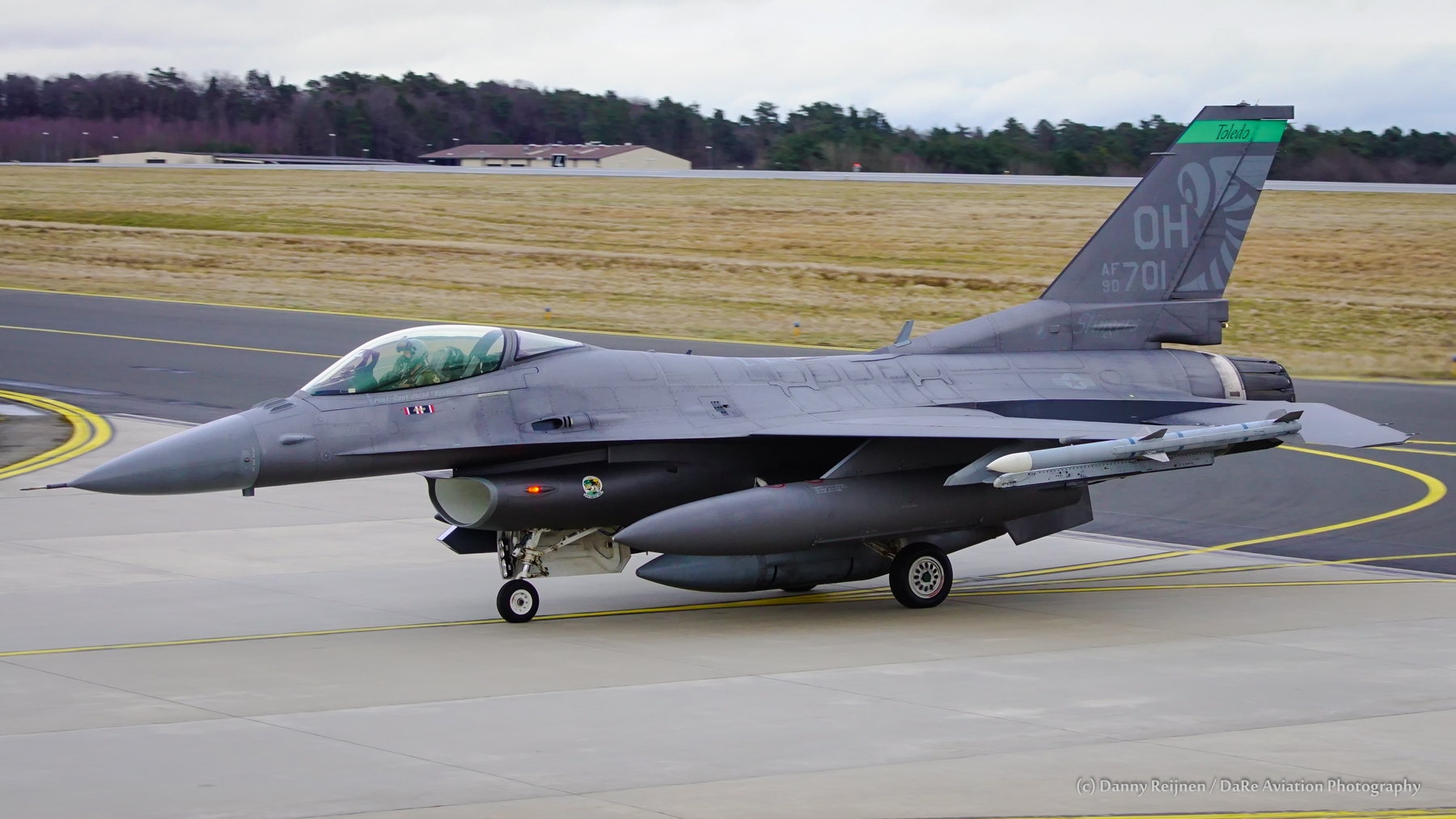
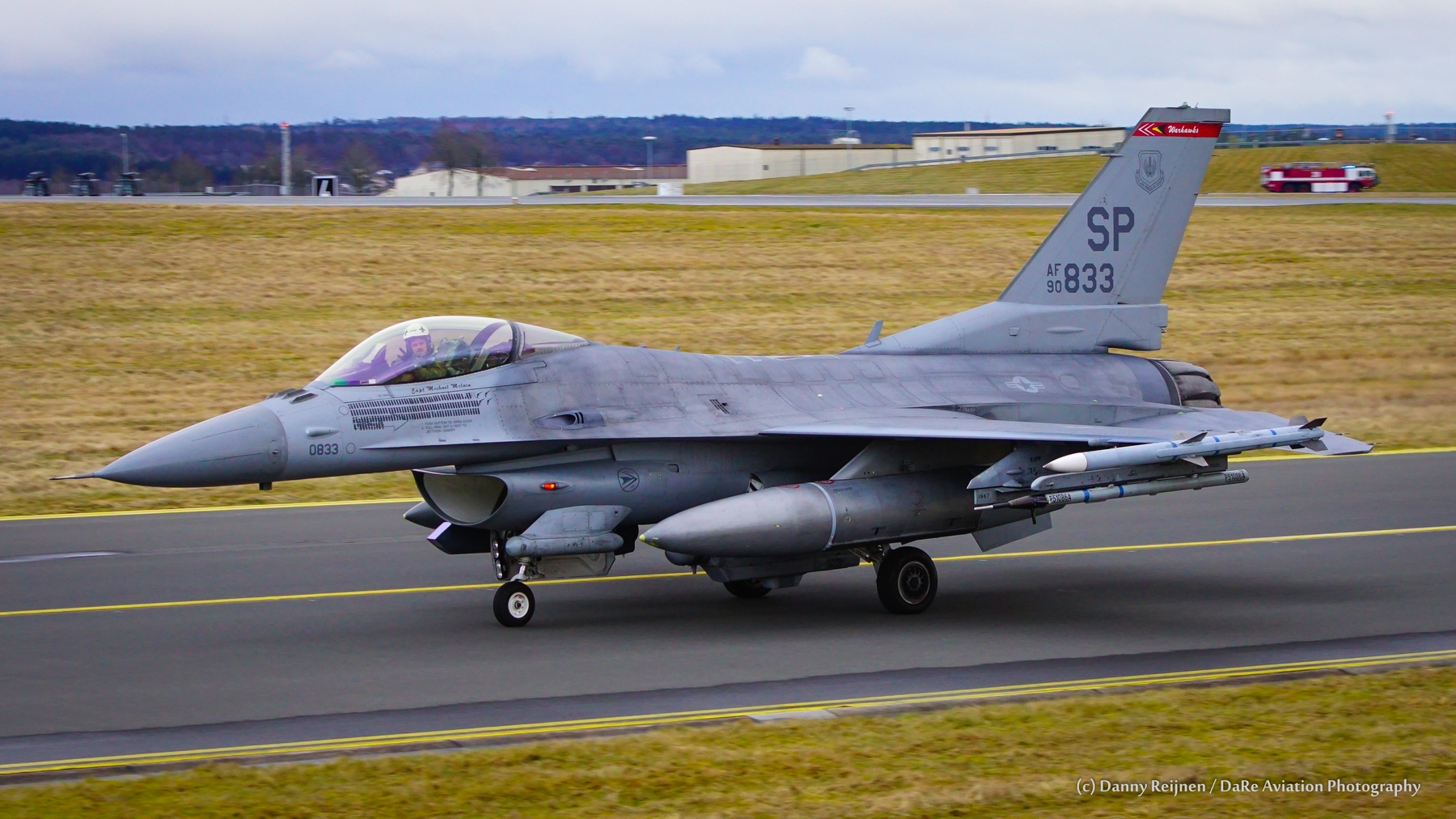
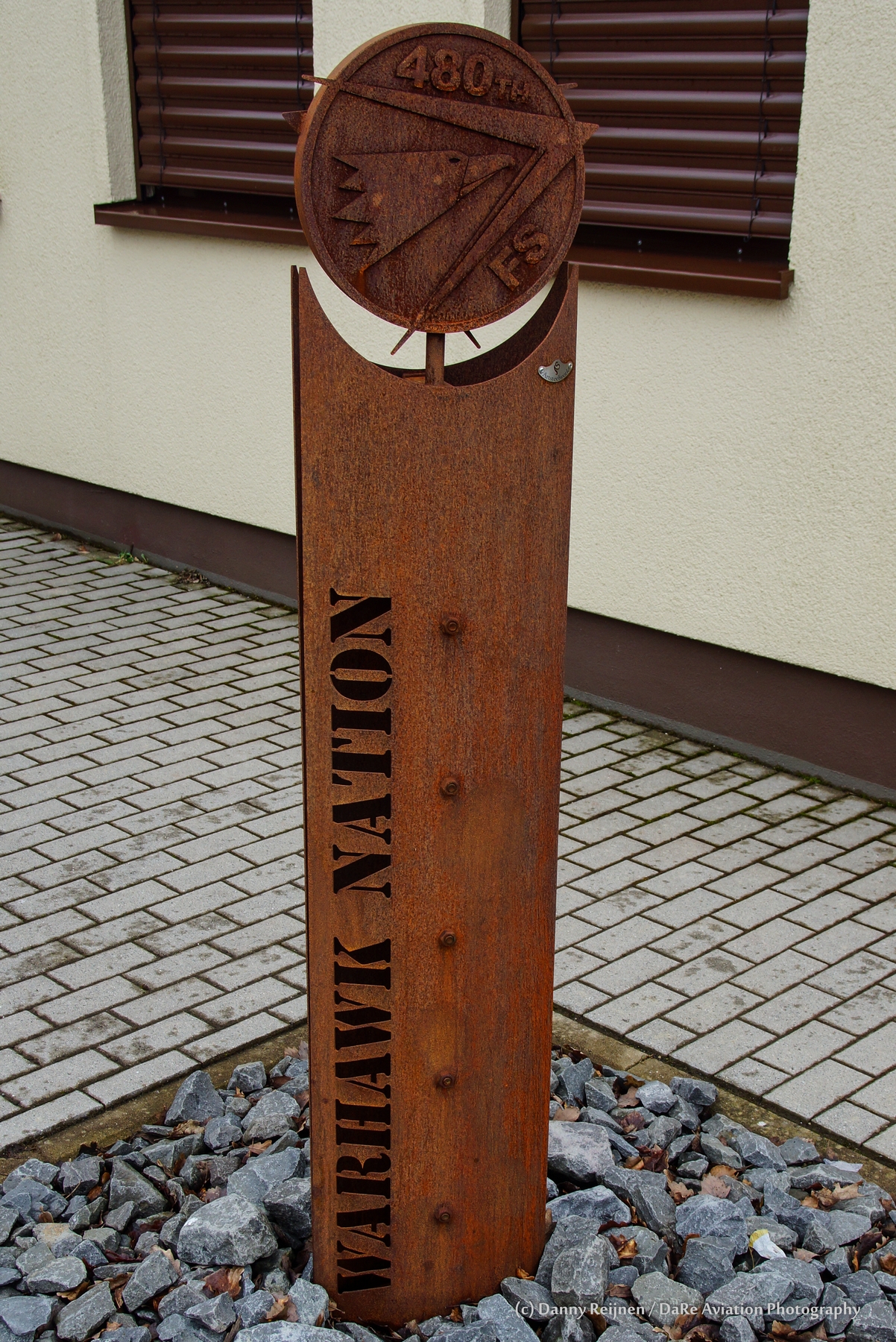
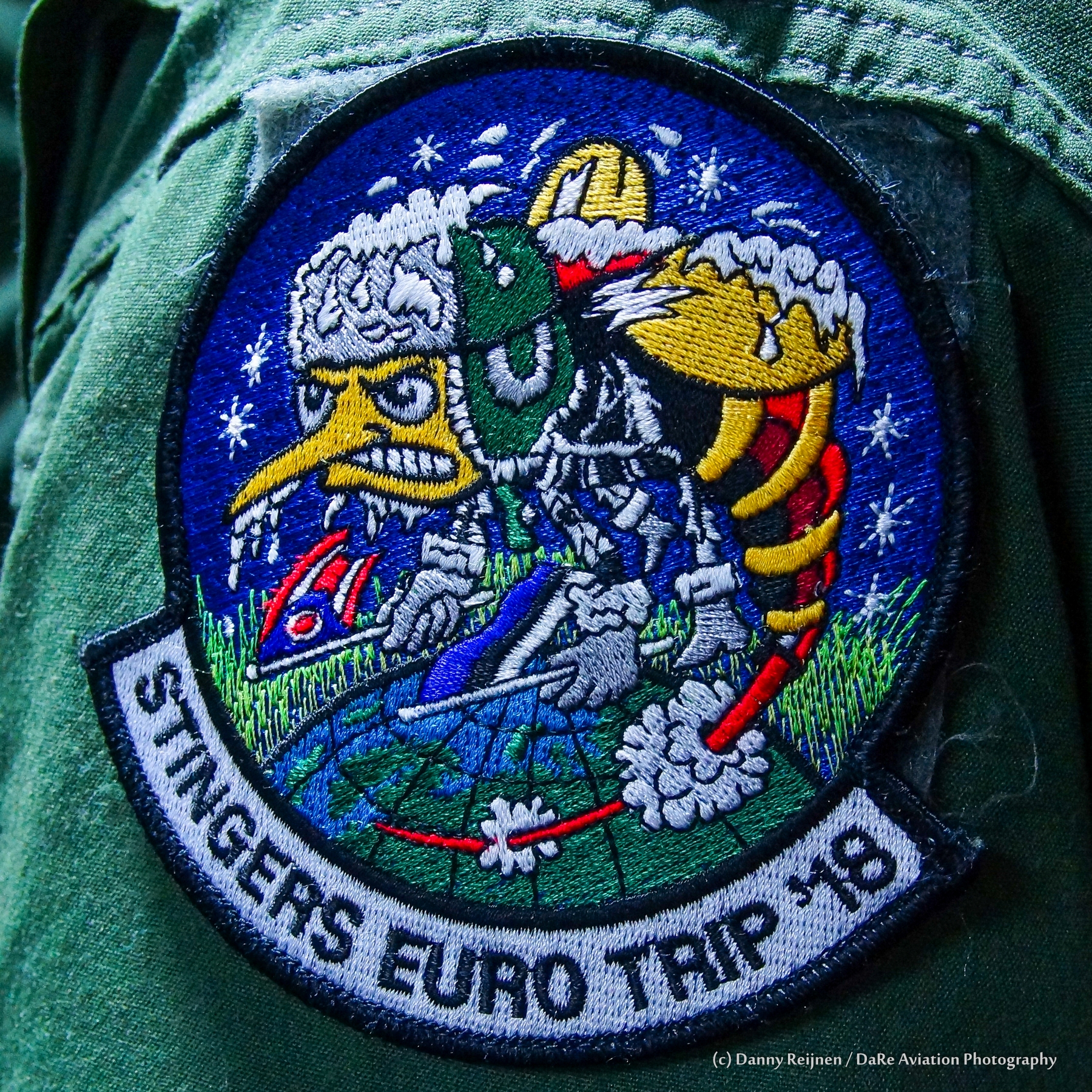
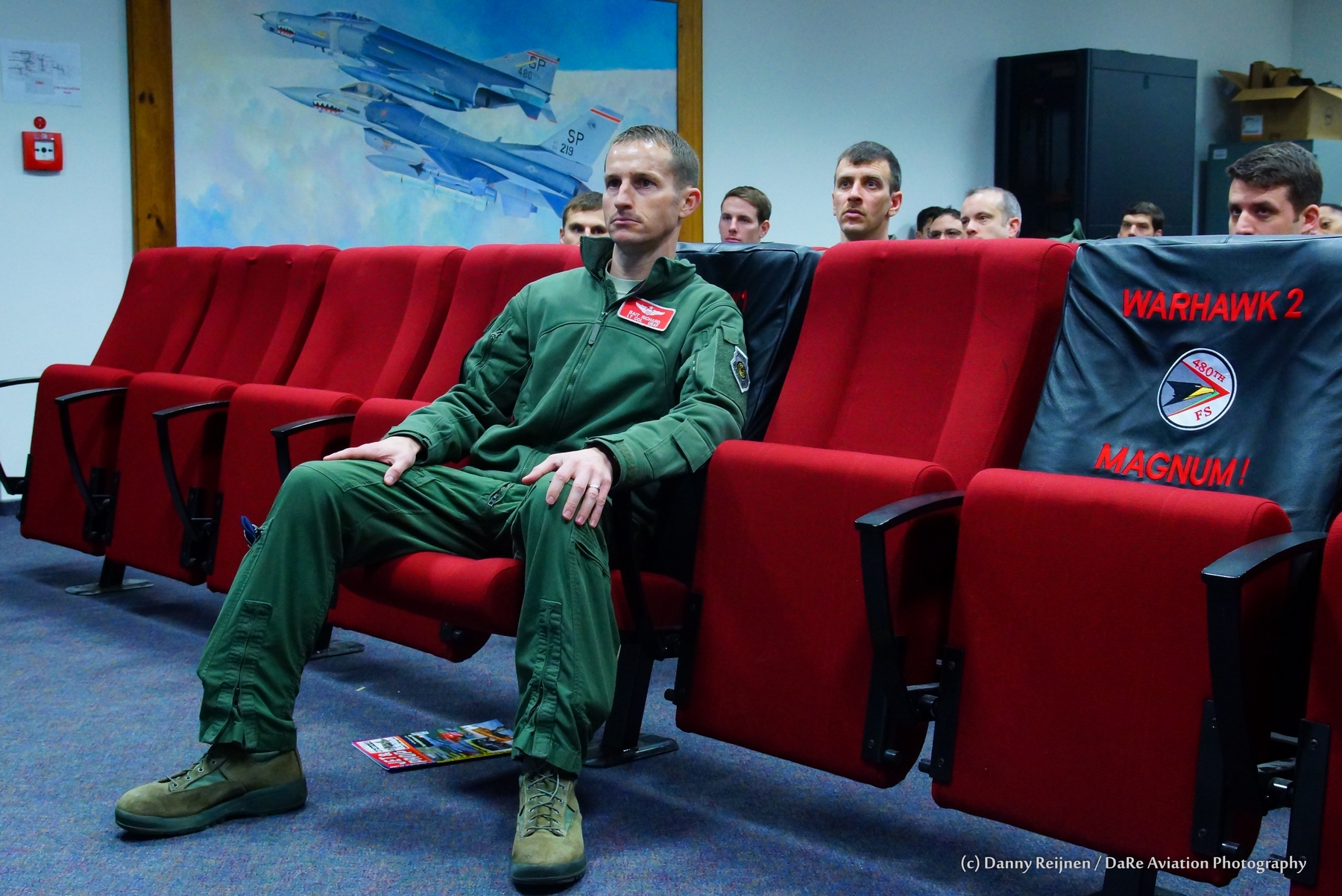
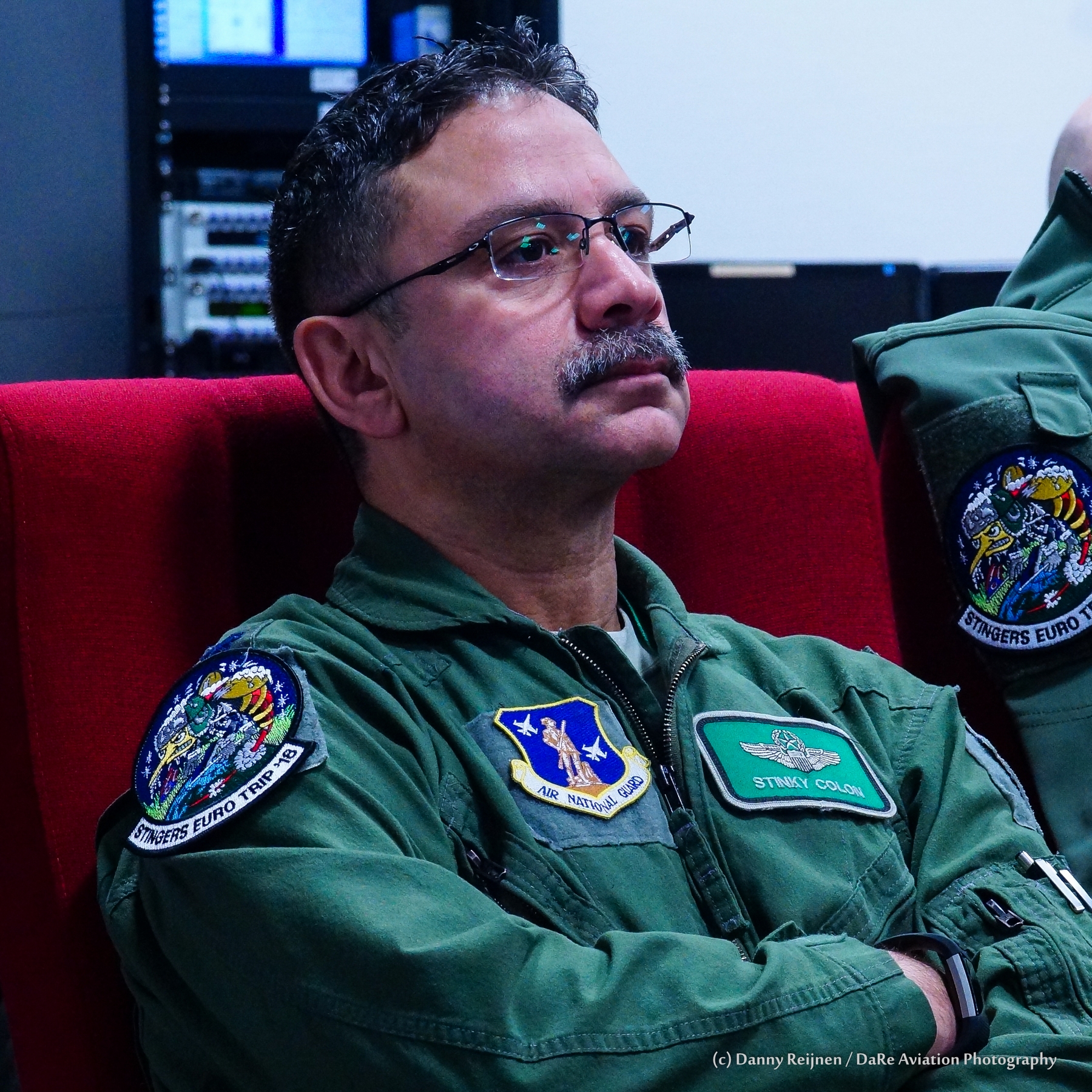
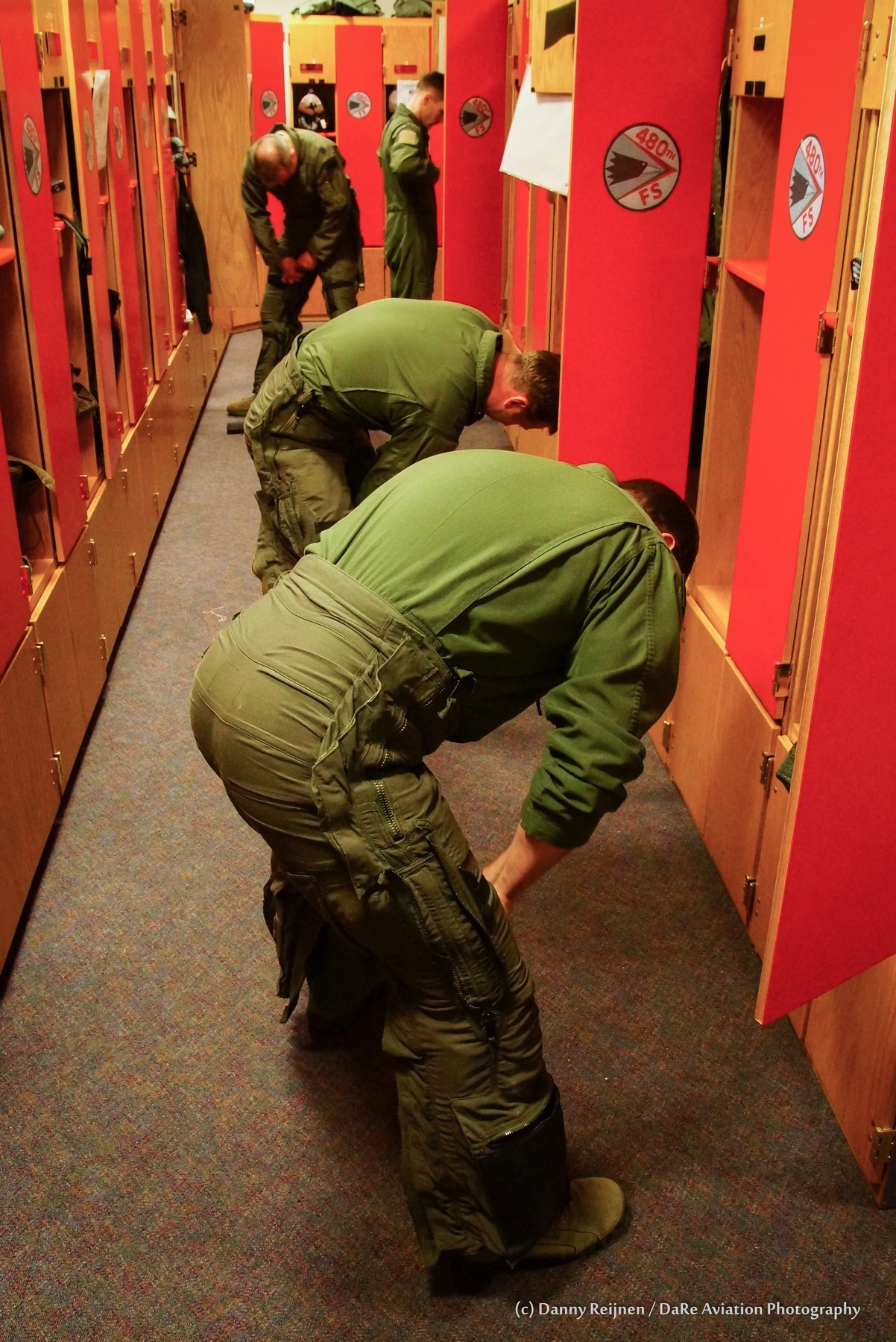
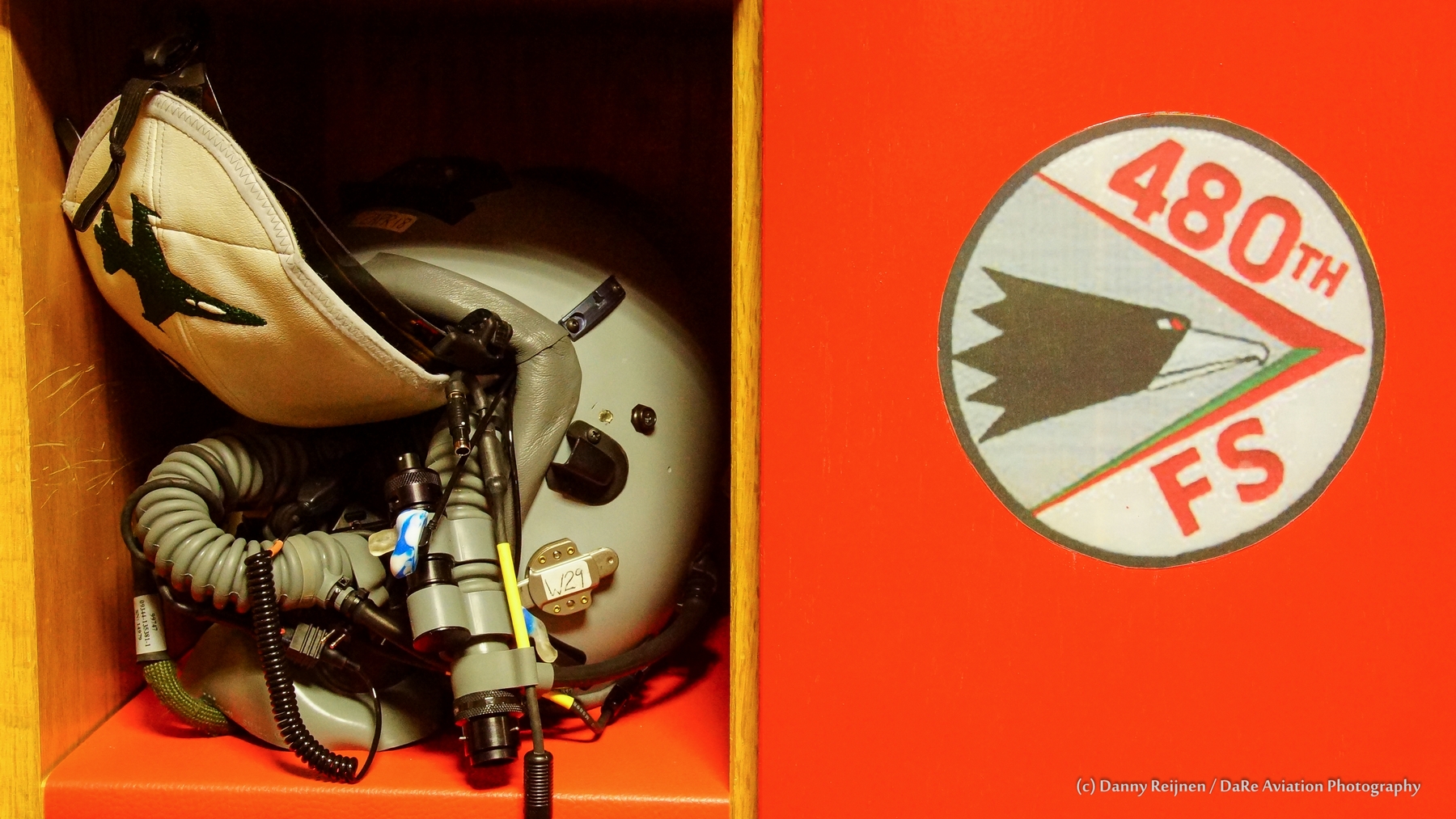
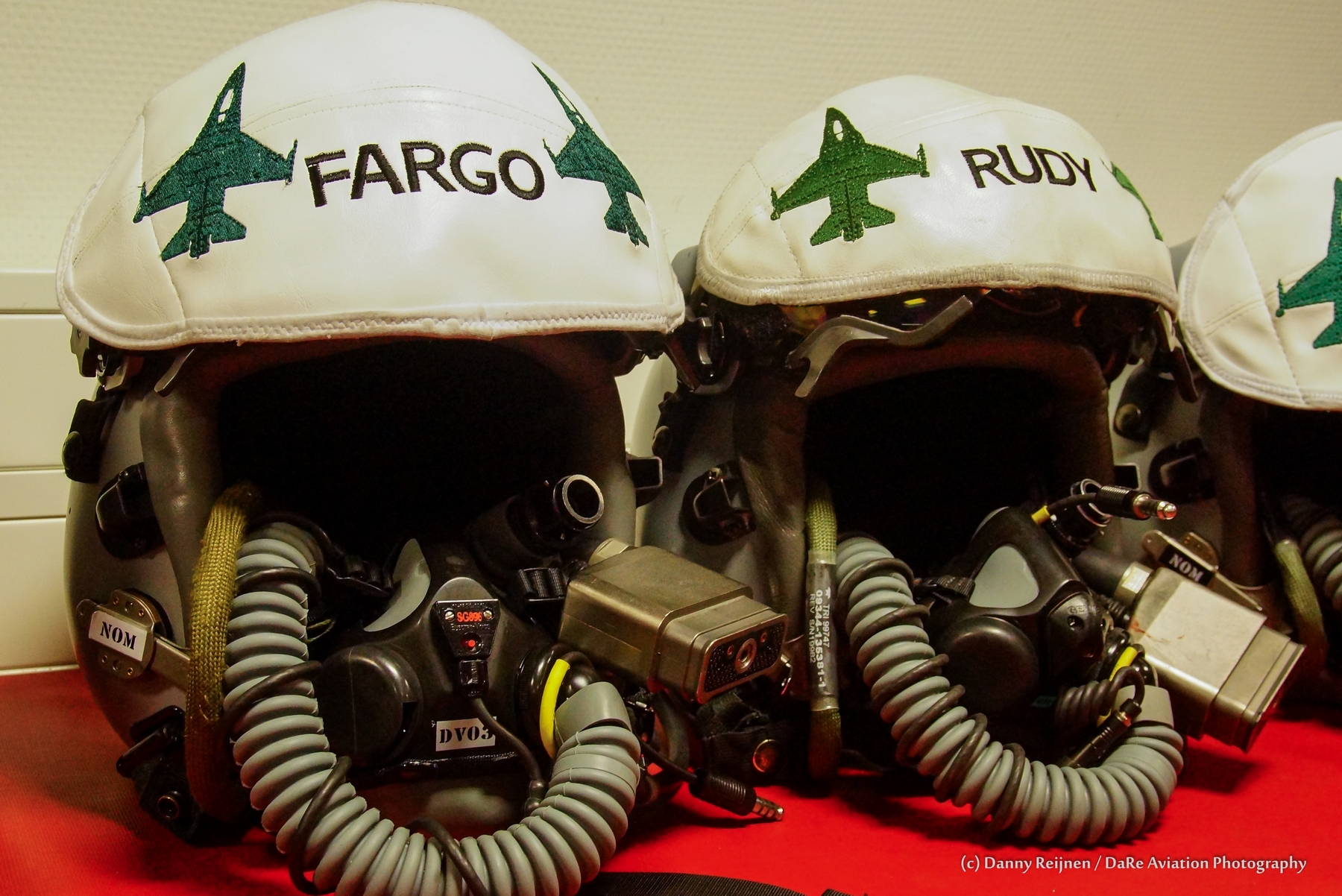
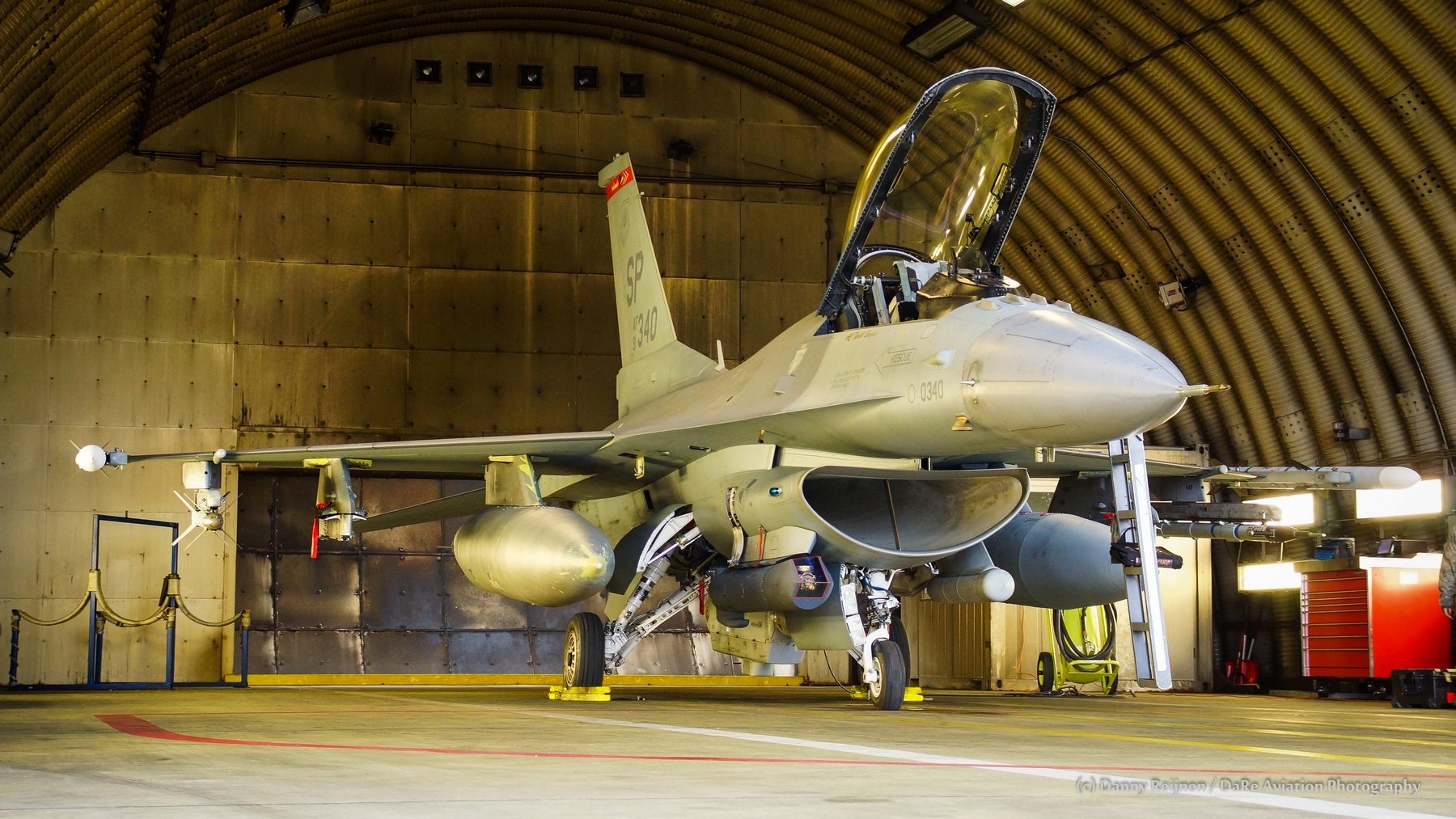
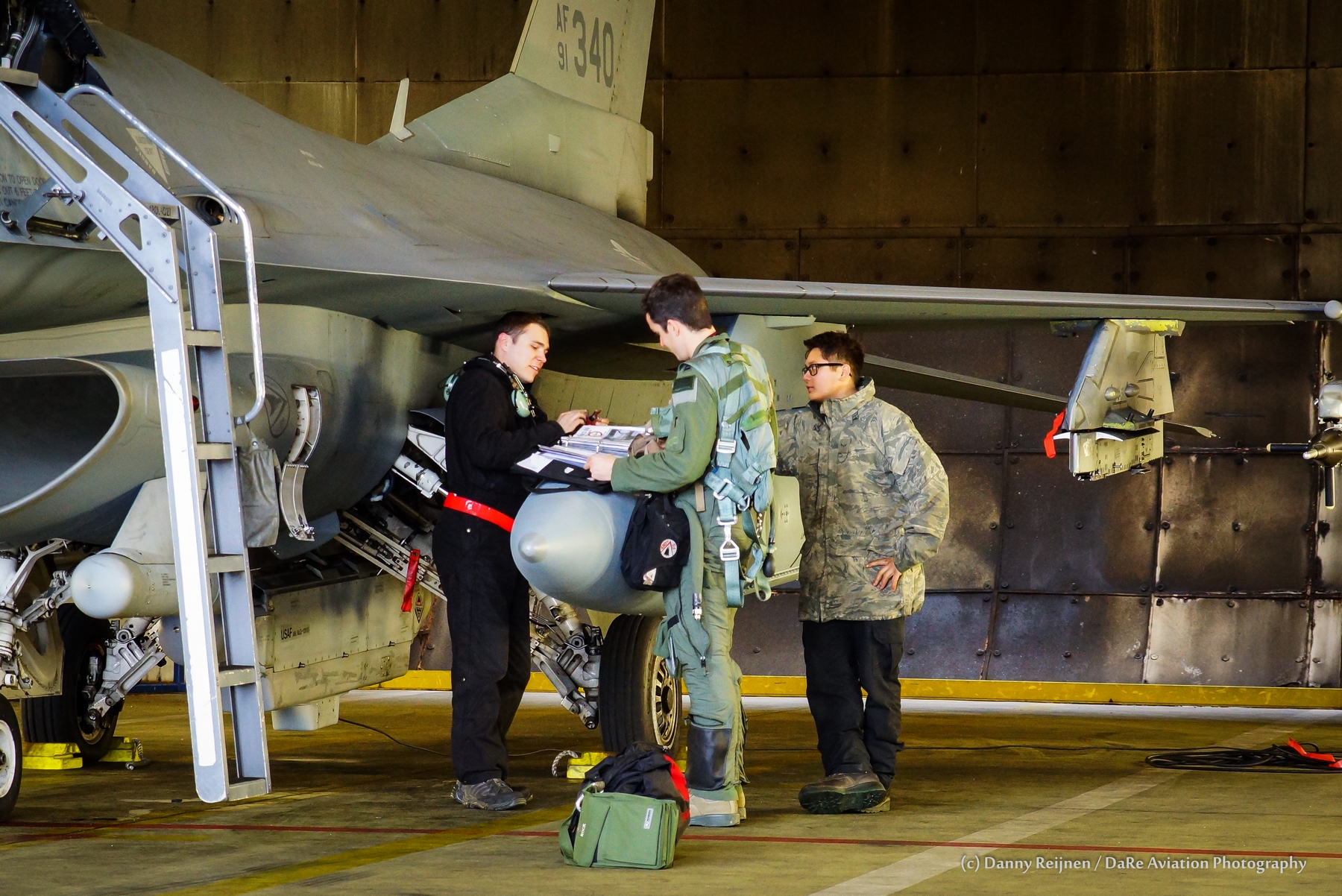
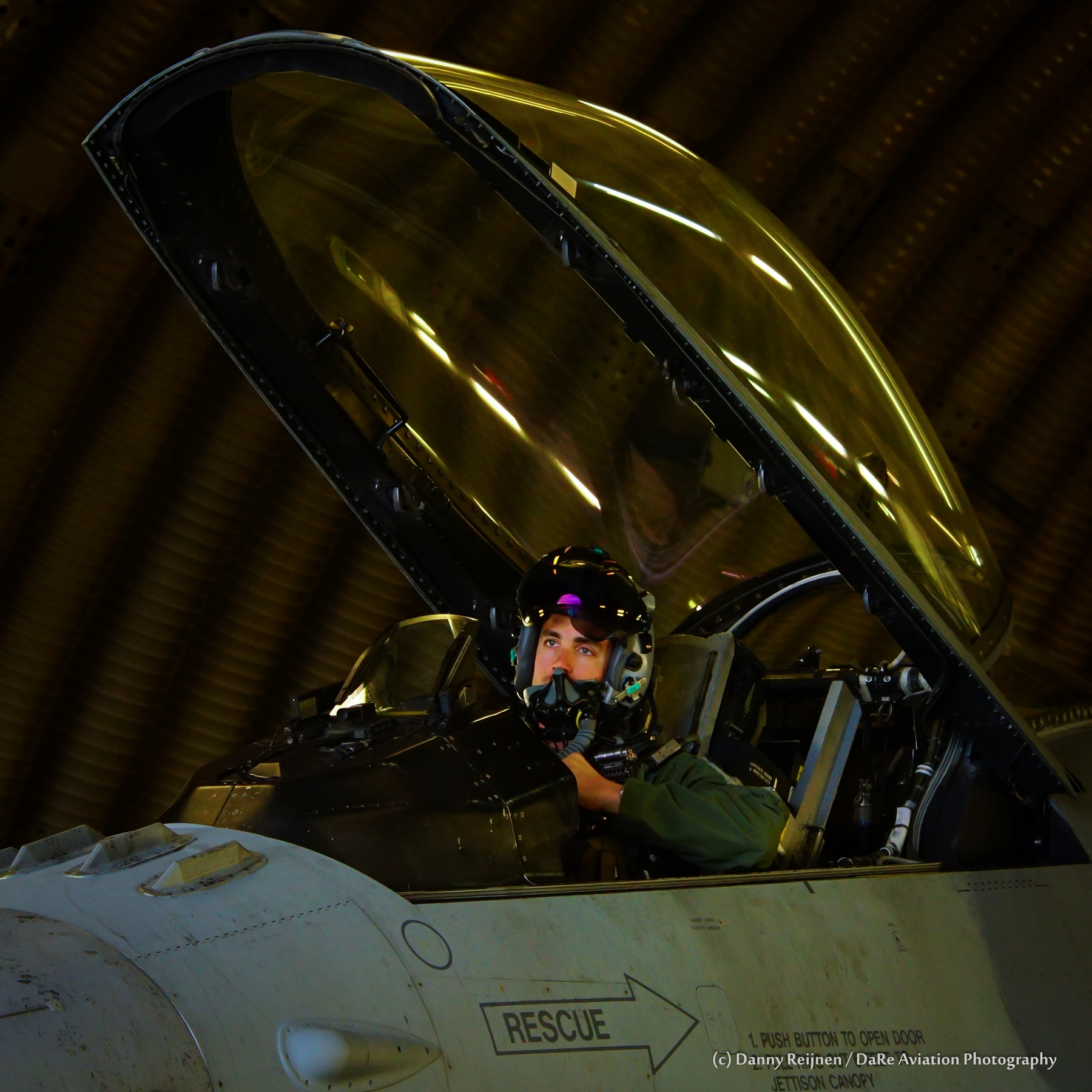
Danny Reijnen was born in Nijmegen, the Netherlands and currently resides in Almere in the Middle of the Netherlands with his girlfriend Susan and 4 kids.
Danny currently works for the Ministry of Defence at Schiphol Airport. His passion towards military aviation started when he was 7 years old. His dad took him to Volkel airbase. There he saw a lot of F-16s flying and he got hooked. He has been active in aviation photography since 1993.
When he first began, he was using an analog film camera. After awhile he got his first digital Konica Minolta 7D. After a couple of years the camera needed to be replaced and he bought a Sony A700. In 2015, he purchased a Sony A77 while continuing to use A700 as a secondary camera.
Despite of having a busy job, and being interested in taking photographs, Danny recently started to put his talent to use as a photojournalist in military aviation.
Danny can be reached at: [email protected]


